-
Ukraine secures return of 5 children from Russia, Russian-occupied territories
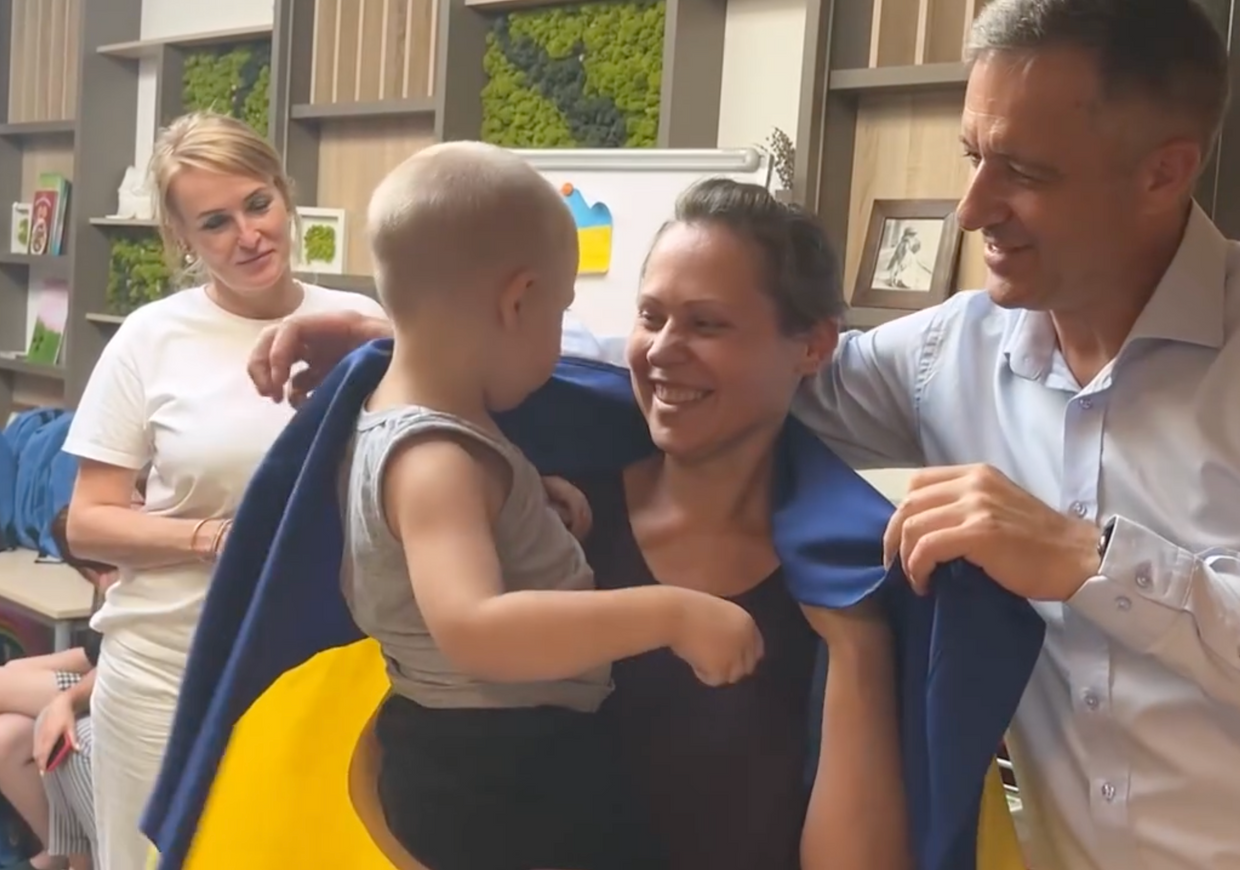
Ukraine successfully brought back five children who had been forcibly taken to Russia as well as Russian-occupied territory, Presidential Office head Andriy Yermak announced on June 12.
The children have been returned home under the President of Ukraine’s initiative, Bring Kids Back UA, according to Yermak.
“We are fulfilling the President’s mission — to bring back every Ukrainian child,” Yermak said in an statement.
Since February 2022, at least 20,000 Ukrainian children have been abducted from Russian-occupied territories and sent to other Russian-controlled areas of Ukraine or to Russia itself, according to a Ukrainian national database, “Children of War.” Only 1,359 children have been returned thus far.
Dmytro Lubinets, Ukrainian Parliament’s Commissioner for Human Rights, estimated that Russia has unlawfully deported up to 150,000 Ukrainian children, while the Children’s Ombudswoman, Daria Herasymchuk, puts the figure at 200,000–300,000.
In March 2023, the International Criminal Court (ICC) issued arrest warrants for Russian President Vladimir Putin and Children’s Commissioner Maria Lvova-Belova, citing their involvement in the unlawful transfer of Ukrainian children. Russia dismissed the ICC’s decision as “outrageous and unacceptable."
Under orders from Putin, children were transported via military aircraft in 2022, reclassified in Russian databases as native-born, and subjected to pro-Russian re-education before being adopted into Russian families. Ukrainian children had been transported to at least 21 regions throughout Russia.
Child abductions have played a key part of U.S.-Russia peace negotiations — all of which Russia has thus far rejected. Ukrainian officials have named their return as a key condition for any future peace agreement with Russia.
President Volodymyr Zelensky said on June 3 that during the Istanbul negotiations, Russian representatives dismissed the issue of abducted Ukrainian children as a “show for childless European old ladies” and acknowledged deporting several hundred children.
CNN reported on June 11 that the Yale University-based Humanitarian Research Lab, which spearheads the Ukraine Conflict Observatory is preparing to shut down after its funding was terminated by the Trump administration.
A Yale study published on Dec. 3 detailed Russia’s systematic program of deporting and forcibly assimilating Ukrainian children.
With only 2 weeks of funding left, US group tracking Russian abduction of Ukrainian children prepares to shut down“Right now, we are running on fumes,” Nathaniel Raymond, the lab’s executive director, told CNN. “As of July 1, we lay off all of our staff across Ukraine and other teams, and our work tracking the kids officially ends.”The Kyiv IndependentAnna Fratsyvir
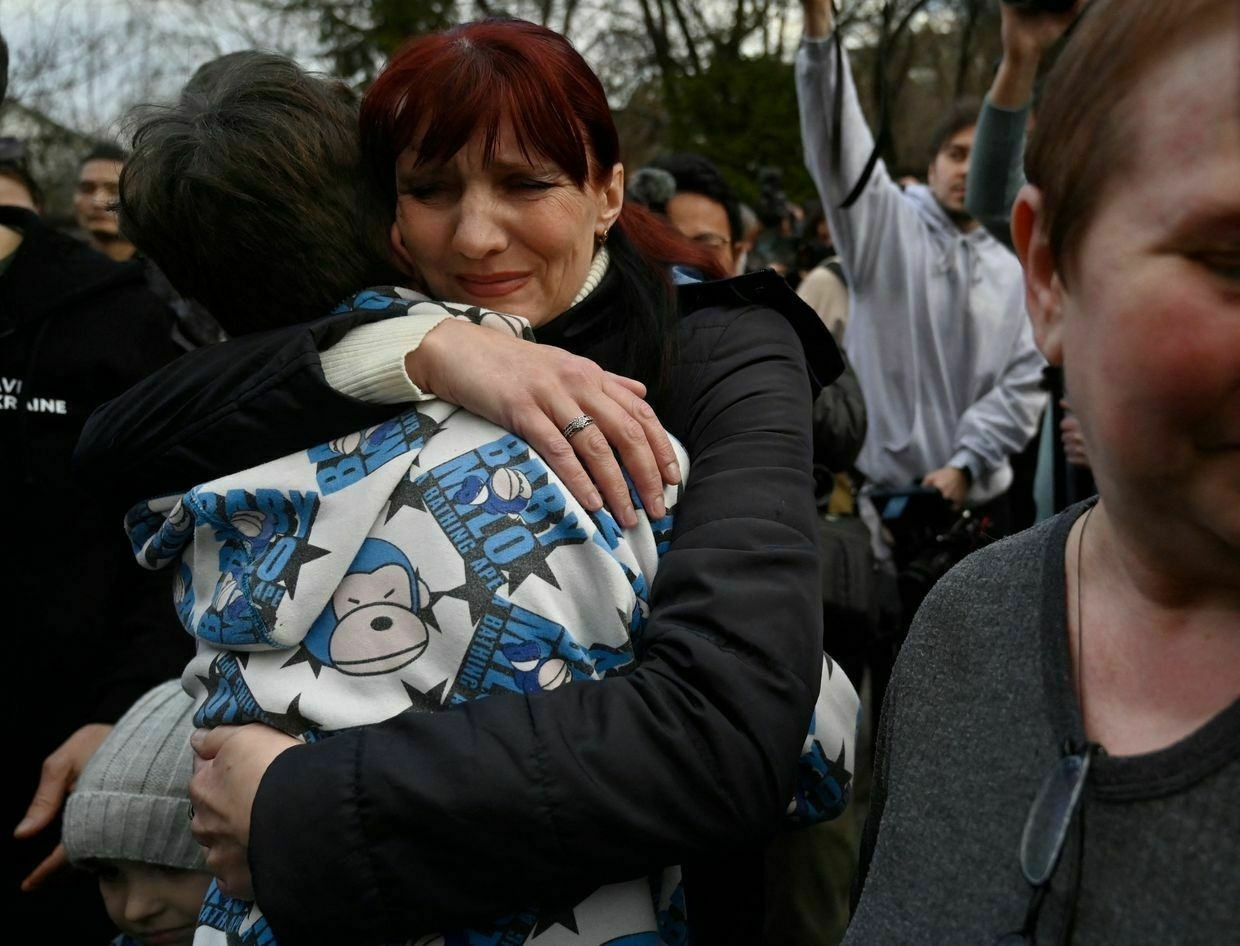
-
Over 111,000 Russian soldiers killed in Ukraine identified by media investigation
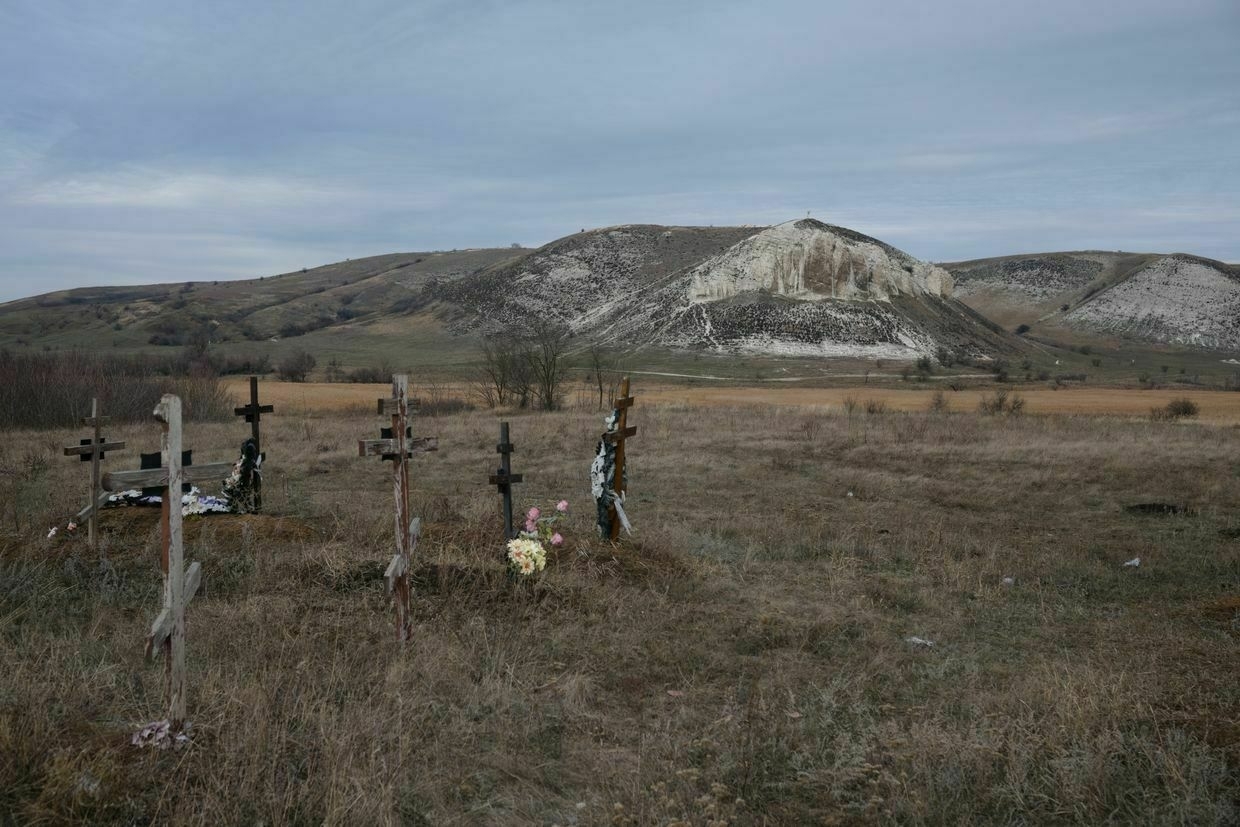
Russian independent media outlet Mediazona, in collaboration with the BBC Russian service, has confirmed the identities of 111,387 Russian military personnel killed in Ukraine.
The publications' latest report covers the period of February 24, 2022 to June 6, 2025. Since it was last updated at the end of May, 1,762 additional Russian military personnel have been confirmed killed.
The journalists note that the actual figures are likely significantly higher, as their verified information comes from public sources such as obituaries, posts by relatives, memorial community tree-plantings, regional media reports, statements from local authorities, among other sources.
The outlet published the complete list of identified casualties for the first time in February, marking three years since Russia launched its full-scale invasion of Ukraine. According to the publication, volunteers manually enter and verify each record to prevent duplicate entries in the database.
The journalists' findings come as Russian surpassed 1 million losses on June 12, marking a symbolic, yet grim milestone in the 4-year-long war. The estimate, which is broadly in-line with estimates made by Western intelligence agencies, likely includes those killed, captured, wounded, and missing.
The confirmed death toll now includes 28,200 volunteers, 17,400 recruited prisoners, and nearly 12,300 mobilized soldiers, according to the media outlets. Over 5,100 officers have also been confirmed to have been killed.
Amid renewed summer offensives in multiple sectors of the front, Russia has steadily gained ground in eastern Ukraine and Kursk Oblast in recent months but at the cost of heavy casualties as well as equipment losses.
Ukraine’s Coordination Headquarters for the Treatment of the Prisoners of War (POWs) said on June 12 said that more than 100,000 Russian families have contacted a Ukrainian-run initiative in search of information about missing Russian soldiers.
Moscow does not disclose its casualty figures, though a Defense Ministry official let slip in December that the department received 48,000 requests to identify missing soldiers.
As Russian losses in Ukraine hit 1 million, Putin’s war economy heads toward breaking pointRussian losses in Ukraine hit a massive, and grim milestone on June 12 — 1 million Russian soldiers killed or wounded during the 39-month-long full-scale war, according to figures from Kyiv. Although hugely symbolic, the number is unlikely to prompt a change in tactics from Moscow as it gears up forThe Kyiv IndependentChris York
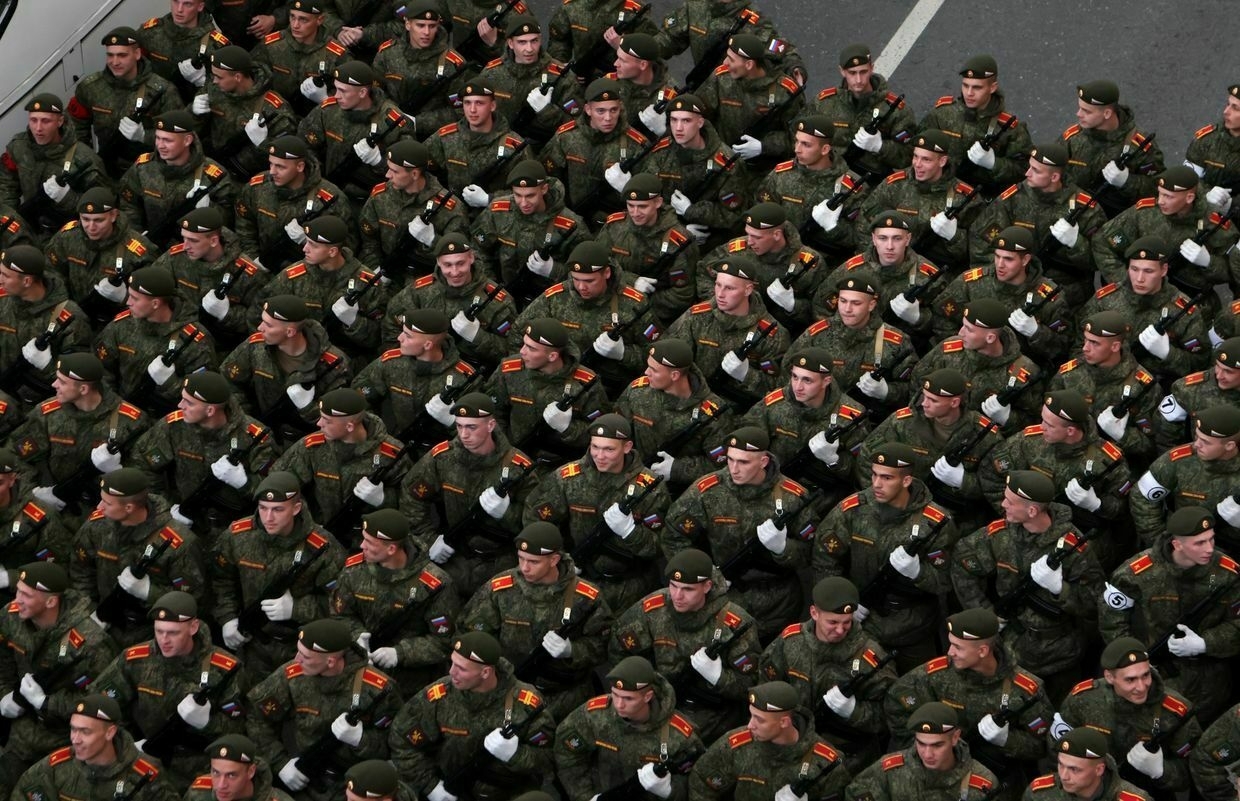
-
Israel launches 'preemptive strikes' on Iran targeting nuclear program
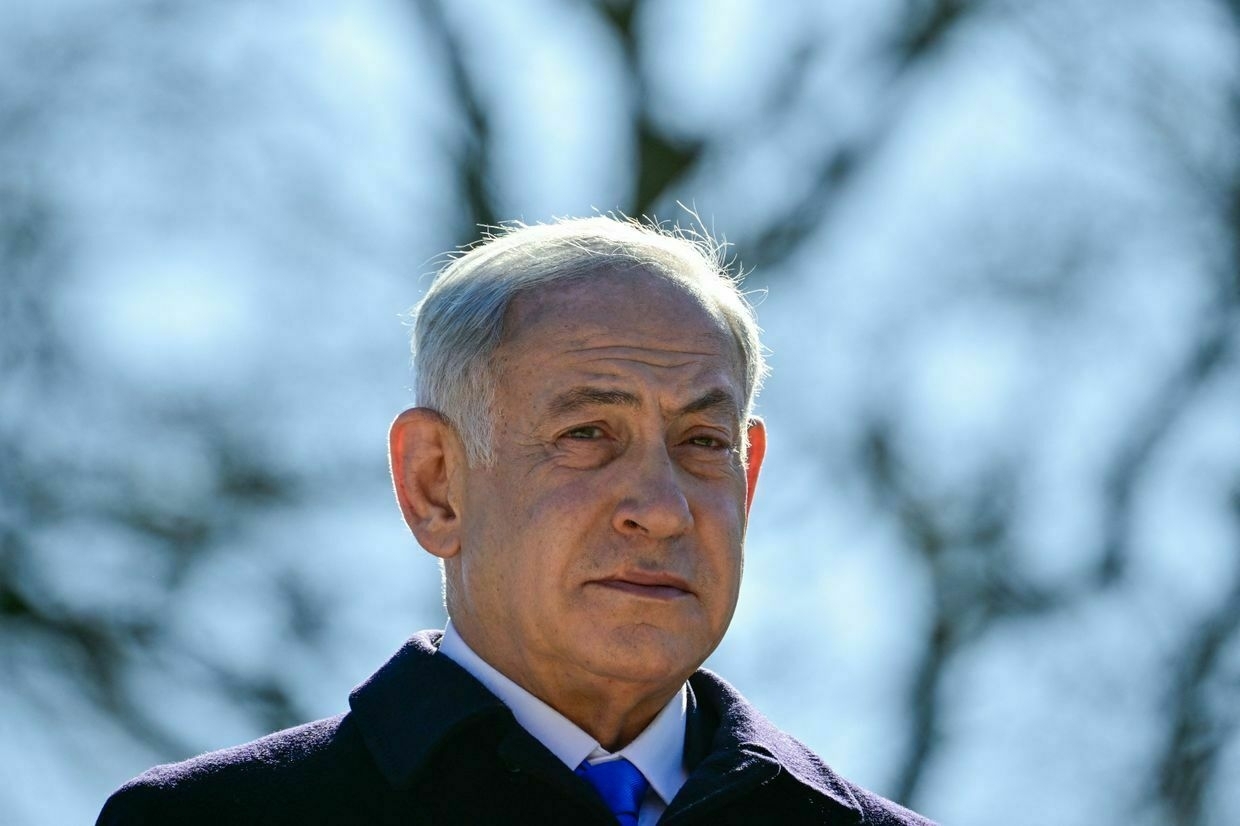
Editor’s note: This is a breaking story and is being updated.
Israeli forces launched “preemptive strikes” on Iran overnight on June 13, tarting Iran’s nuclear program, Prime Minister Benjamin Netanyahu said in an overnight address.
Netanyahu said in an overnight address that Israel launched “Operation Rising Lion,” which would last for “many days,” marking a drastic escalation in conflict in the Middle East.
“We struck at the heart of Iran’s nuclear enrichment program… We targeted Iran’s main enrichment facility in Natanz. We targeted Iran’s leading nuclear scientists working on the Iranian bomb,” Netanyahu said.
The full extent of the attack was not immediately clear. Multiple explosions were reported in Tehran as videos posted on social media purportedly show fire burning in multiple locations of Tehran.
“Following the State of Israel’s preemptive strike against Iran, a missile and drone attack against the State of Israel and its civilian population is expected in the immediate future” Katz warned in a statement.
U.S. President Donald Trump, who plans to convene a cabinet meeting in response to the strikes, expressed concerns about escalating tensions between Israel and Iran earlier in the day, warning that a “massive conflict” could erupt in the Middle East.
In a statement released by the State Department, U.S. Secretary of State Marco Rubio said that the United States was not involved in the strikes on Iran.
“Tonight, Israel took unilateral action against Iran. We are not involved in strikes against Iran and our top priority is protecting American forces in the region,” Rubio said.
Speaking to reporters at the White House on June 12 ahead of the strikes, Trump warned that an Israeli strike on Iran “could happen” if a nuclear deal is not reached with Iran. Talks between Washington and Tehran were set to resume this weekend on Iran’s nuclear program.
Earlier in the day, Trump emphasized that despite tensions, he is committed to avoiding conflict and prefers a diplomatic solution to Iran’s nuclear aspirations. “I want to have an agreement with Iran,” Trump said, referring to ongoing Iran-US nuclear talks in Oman.
Writing on Truth Social later in the day, Trump reaffirmed his commitment to a “diplomatic resolution to the Iran nuclear issue,” and insisted that his “entire administration has been directed to negotiate with Iran."
Iran insists its nuclear program is for peaceful purposes and has expressed willingness to accept limited restrictions in exchange for the lifting of sanctions.
Coinciding with Trump’s remarks, the International Atomic Energy Agency released a report highlighting Iran’s failure to comply with its obligations to fully disclose activities at its nuclear facilities.
Beyond the Middle East, Iran has emerged as a key ally of Russia in its war against Ukraine, supplying Moscow with drones used in attacks on Ukrainian cities.
In April 2025, Russian President Vladimir Putin ratified a strategic partnership with Iran, vowing to strengthen bilateral ties and pledging not to support any third party engaged in conflict with the other.
Iran’s parliament ratifies 20-year strategic agreement with RussiaWhile the pact does not include a mutual defense clause, it outlines commitments for both countries to cooperate against common military threats, enhance military-technical collaboration, and participate in joint military exercises, according to Reuters.The Kyiv IndependentAnna Fratsyvir
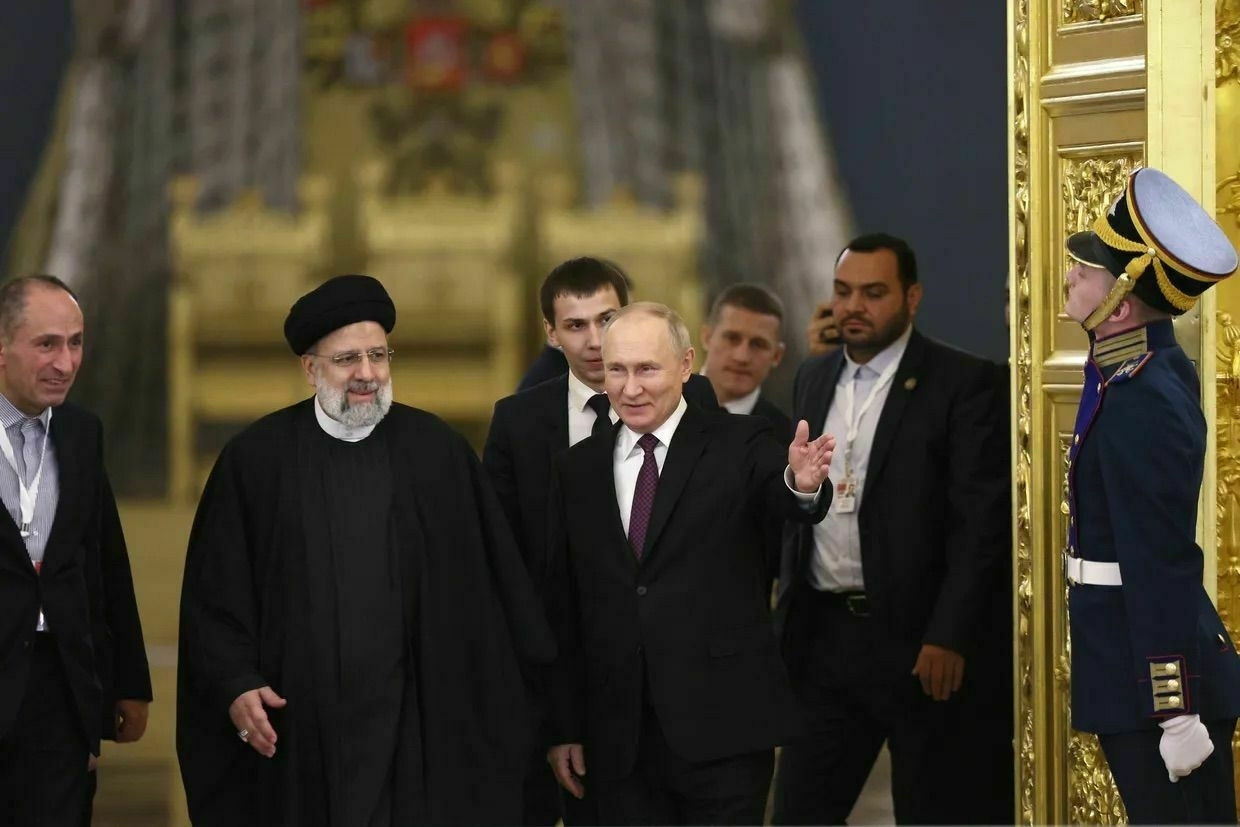
-
EU names special envoy for Ukrainian refugees, POLITICO reports
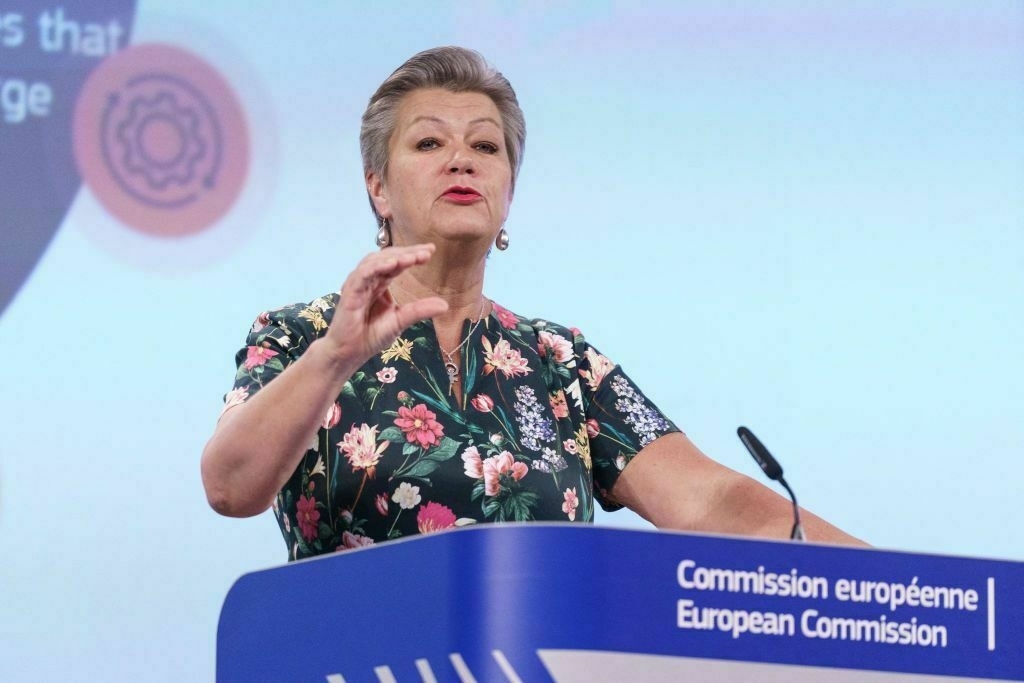
Ylva Johansson, former European Commissioner for Home Affairs, will serve as the European Union’s new special envoy for Ukrainians in the bloc, POLITICO reported on June 12.
According to anonymous officials that spoke to POLITICO, Johansson will fill the newly created post, overseeing the Commission’s long-term strategy for Ukrainian refugees currently residing in the European Union.
Johansson, a former Swedish minister and European Commission official, previously visited Ukraine on several occasions, including a refugee camp on the border with Romania. She received the Ukrainian order of merit in September 2024.
As special envoy, Johansson will be responsible for EU initiatives focused on helping Ukrainian refugees transition into permanent legal statuses or return home.
As part of these initiatives, the EU will launch “unity hubs” – information centers jointly managed with the Ukrainian government. The hubs will support Ukrainian refugees to integrate with EU host countries or repatriate to Ukraine.
Germany, which has has taken in more than 1 million Ukrainian refugees since the start of the full-scale invasion, recently committed to establishing unity hubs in Berlin. The unity hubs in Berlin will provide Ukrainians with access to educational and career opportunities both in Ukraine and Germany.
The European Commission also recently extended temporary protection Ukrainian refugees who fled to the EU following Russia’s invasion of Ukraine.
According to Eurostat, 4.26 million Ukrainians currently hold temporary protection status in the EU as of April 2025.
Germany to supply new Iris-T air defense systems to Ukraine, rules out Taurus missilesGermany will deliver new IRIS-T air defense systems to Ukraine under a three-year supply plan, President Volodymyr Zelensky said during a joint press conference with German Defense Minister Boris Pistorius, who said Berlin has no plans to provide Taurus long-range missiles.The Kyiv IndependentTim Zadorozhnyy
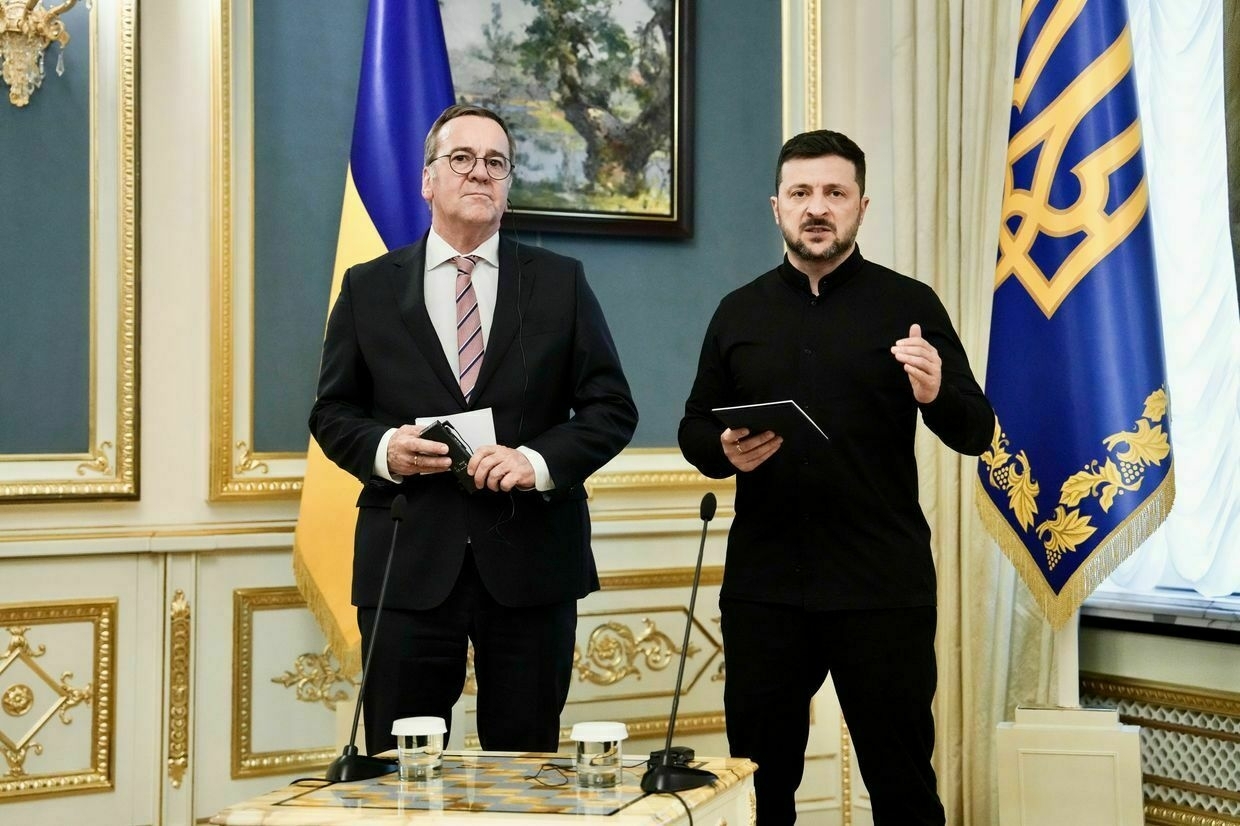
-
Russia's Wagner Group abused civilians in secret prisons in Mali, investigation finds
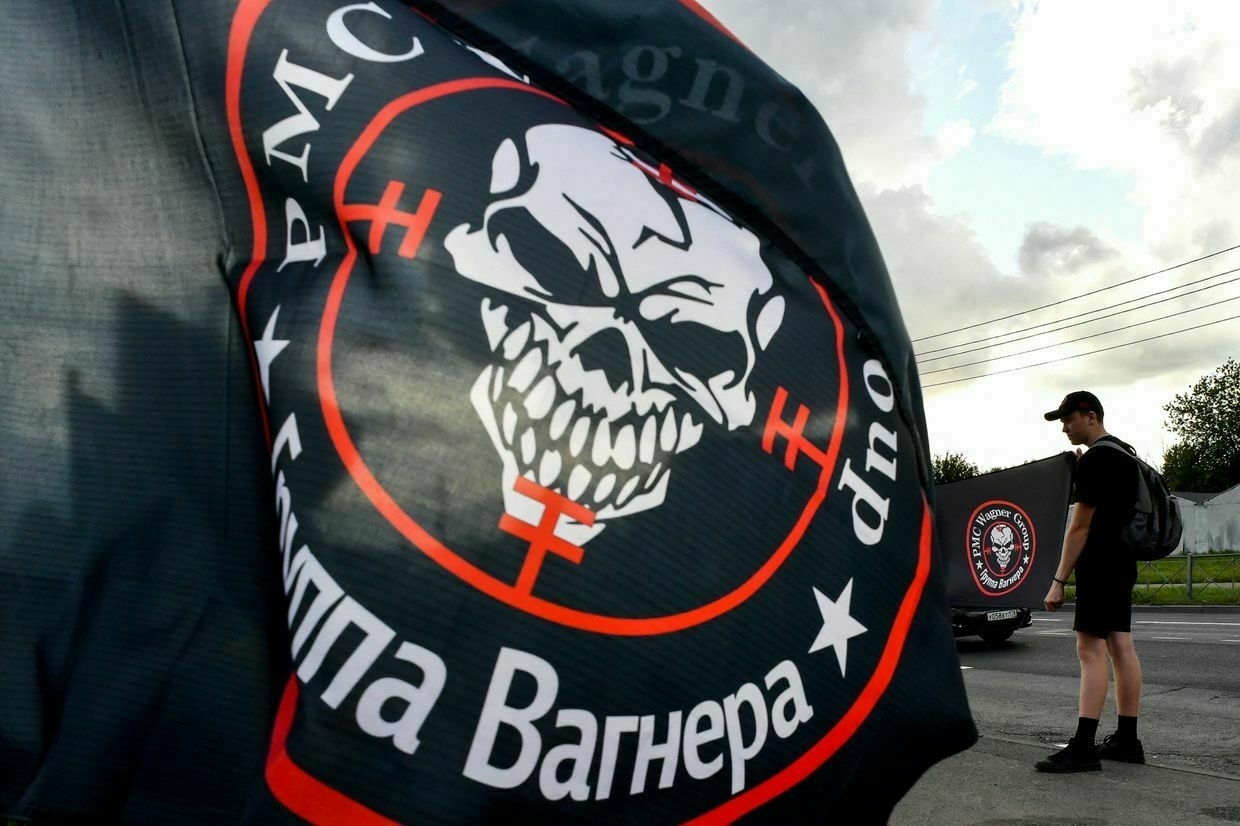
Since 2021, Russian Wagner mercenaries have detained, tortured, and forcibly disappeared hundreds of civilians in secret prisons across Mali, according to a joint investigation published on June 12 by Forbidden Stories, France 24, Le Monde, and IStories.
The investigation found that mercenaries with Russia’s Wagner Group, working alongside Malian government forces, had systematically abducted and detained civilians, holding them in prisons at former United Nations bases and military bases across Mali.
Drawing on eyewitness accounts and satellite imagery, the investigation identified six detention centers where Wagner held civilians between 2022 and 2024. The total number of Wagner detention centers in Mali is likely to be much higher.
Prisoners were subjected to systematic torture – including beatings, waterboarding, electric shocks, starvation, and confinement in sweltering metal containers.
The investigation was carried out as part of the Viktoriia project, in memory of Ukrainian journalist Viktoriia Roshchyna, who was captured by Russian forces in 2023 while investigating the illegal detention of civilians in Russian-occupied territories of Ukraine. She was killed in Russian captivity in 2024.
The Russian mercenary group, known for its deployment in Ukraine and short-lived rebellion against the Kremlin in 2023, has a strong presence across the African continent, backing Russian business interests and Moscow-friendly regimes.
The mercenaries have been particularly active in Mali since late 2021 and have been accused of perpetrating war crimes. In December 2024, Human Rights Watch accused Wagner mercenaries and Malian government forces of deliberately killing 32 civilians.
The Wagner Group recently announced its withdrawal from Mali, where it fought alongside Malian government forces to fend off Islamist insurgents. Wagner has been active across the African continent for years and has been previously accused of committing human rights abuses.
Ukraine war latest: Ukraine strikes targets in Russia, including gunpowder plantKey developments on June 11: * Ukrainian drones strike targets in Russia, including gunpowder plant, General Staff says * Zelensky urges ‘stronger’ EU sanctions on Russia, lower oil price cap * Ukraine repatriates bodies of 1,212 fallen soldiers * Ukraine’s SBU releases fresh video of Operation Spiderweb, teases ‘new surprises’ * NATO summit statementThe Kyiv IndependentThe Kyiv Independent news desk
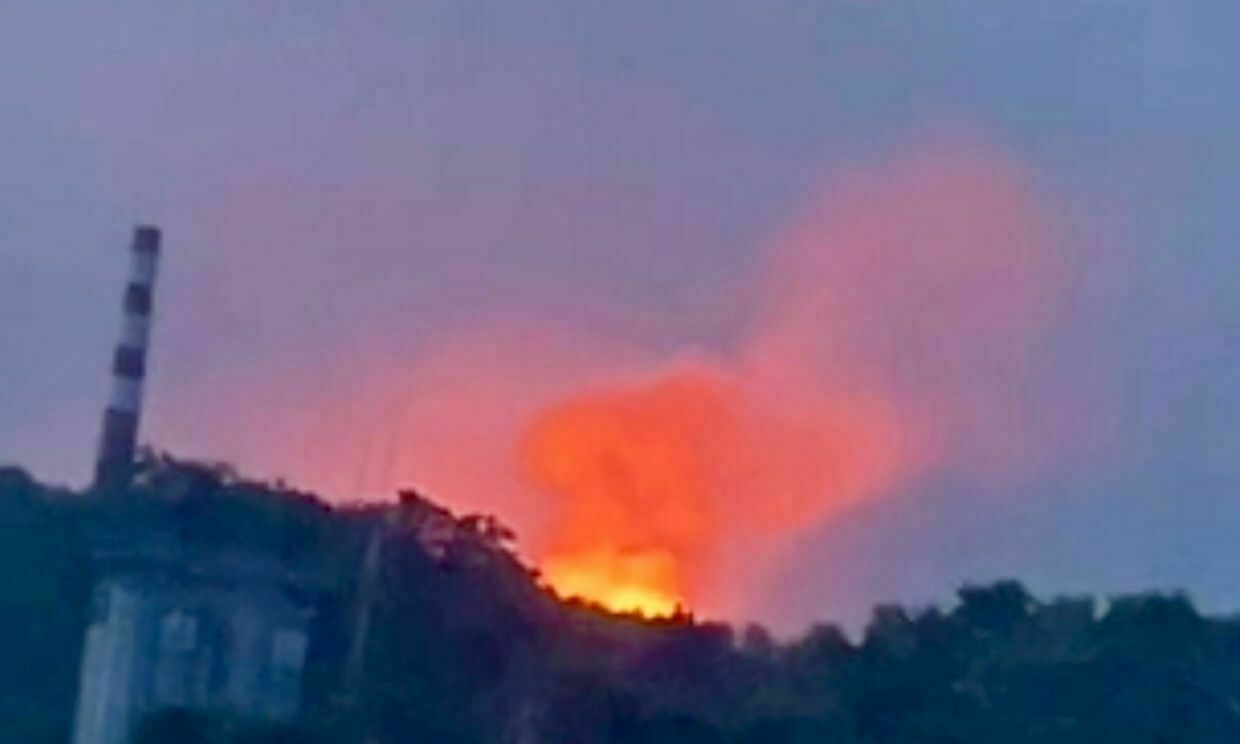
-
NATO prepares for the upcoming confrontation with Russia – summit in the Hague with Ukraine
-
G7 ready to lower Russian oil price cap without US support, Reuters reports
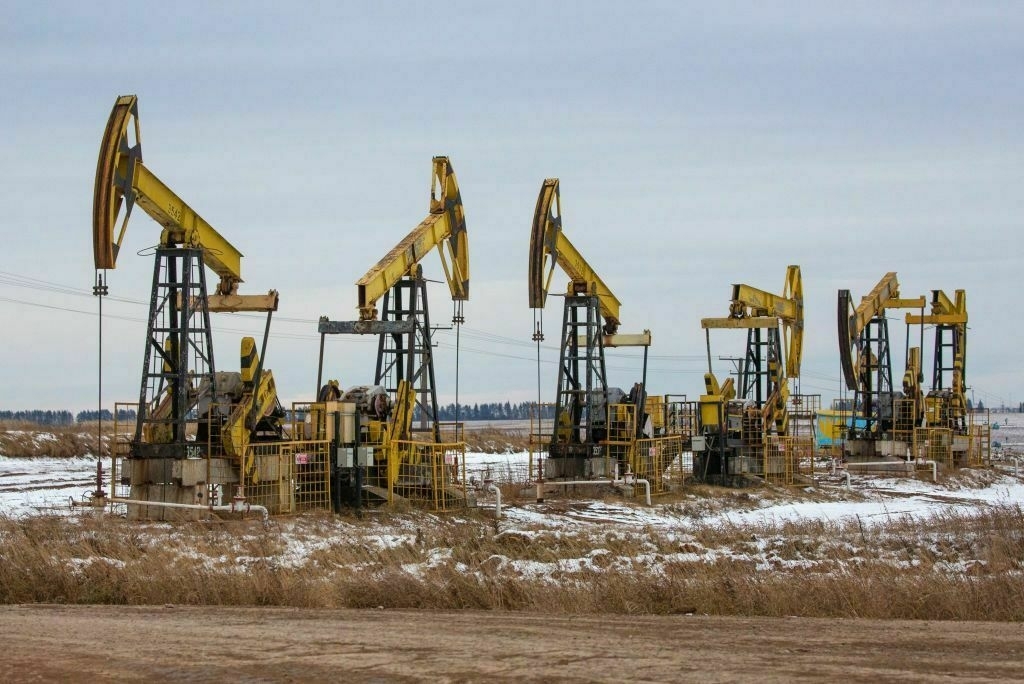
Most Group of Seven (G7) nations are prepared to lower the Russian oil price cap from $60 to $45 a barrel even without support from the United States, Reuters reported on June 12, citing unnamed sources familiar with the matter.
According to Reuters, the European Union and United Kingdom, backed by other European G7 countries and Canada, are ready to lead the charge in lowering the Russian oil price cap – even if U.S. President Donald Trump opts out.
The price cap, which bans Western companies from shipping, insuring, or otherwise servicing Russian oil sold above $60 per barrel, was first introduced in December 2022 as a measure to limit the Kremlin’s ability to finance its war against Ukraine.
The G7 had previously attempted to lower the Russian oil price cap; however, the proposal was dropped after U.S. Treasury Secretary Scott Bessent reportedly declined to support it.
It is unclear whether the U.S. will support the decision this time around. Japan’s position is also undecided.
Participating country leaders will revisit the price cap discussion at the upcoming G7 summit. Canada, which holds the G7 presidency this year, will host the summit on June 15-17 in Kananaskis County, located in the western province of Alberta.
The summit agenda will include topics such as support for Ukraine in the Russian war, global economic stability, digital transformation, and climate change.
President Volodymyr Zelensky is expected to attend the summit and seek a meeting with U.S. President Donald Trump.
EU could impose Russian oil price cap without US support, Kallas saysThe European Union can impose an additional price cap on Russian oil without U.S. support, EU High Representative Kaja Kallas said at the Brussels Forum on June 11.The Kyiv IndependentVolodymyr Ivanyshyn
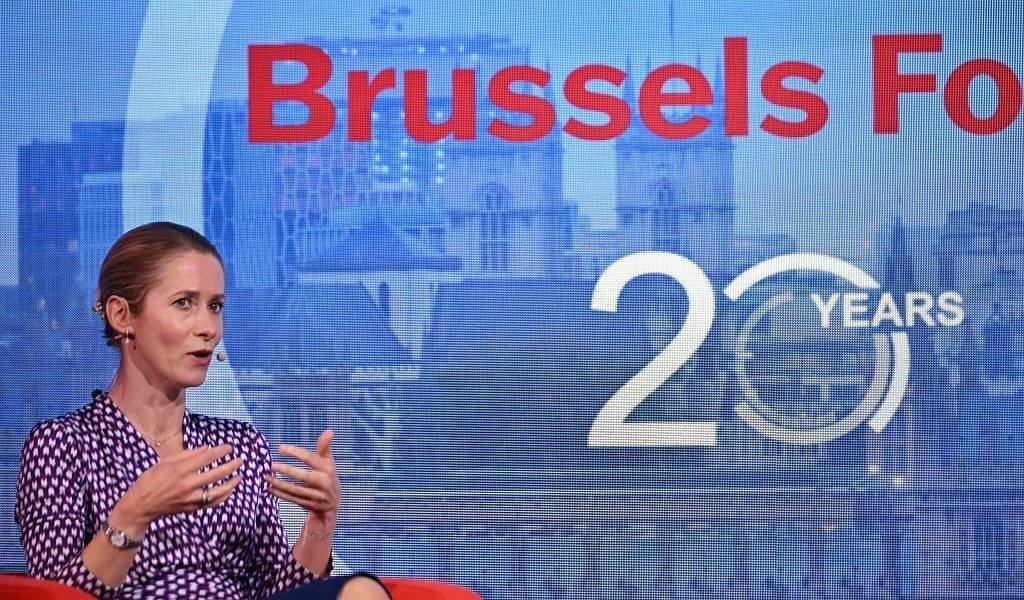
-
Ukraine war latest: Ukrainian forces 'gradually pushing back' Russian troops from Sumy Oblast, Zelensky says
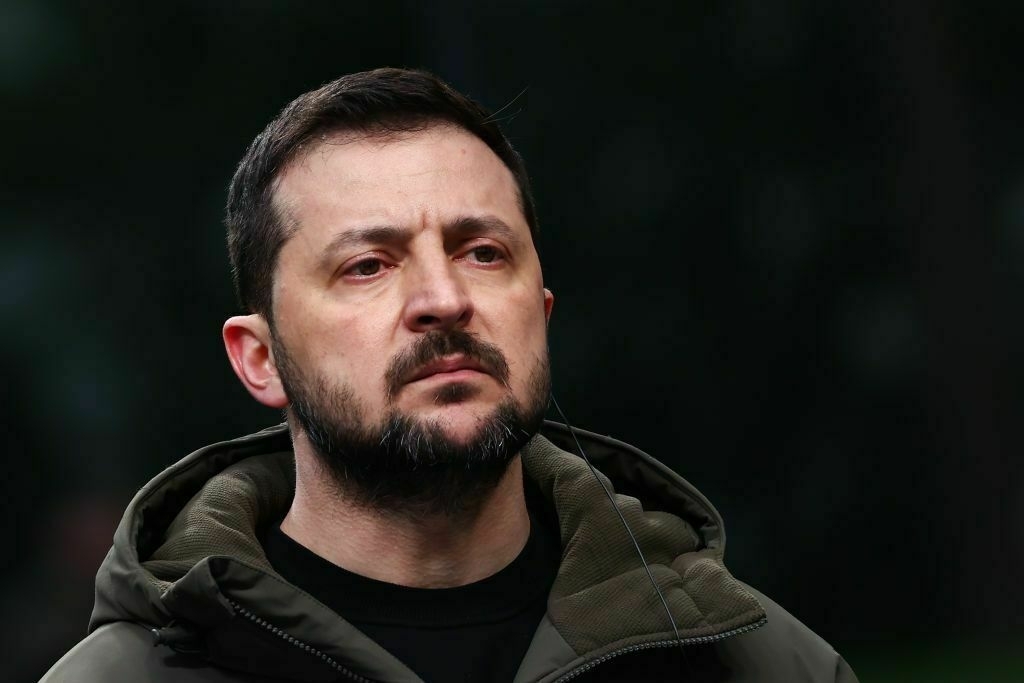
Key developments on June 12:
- Ukrainian forces ‘gradually pushing back’ Russian troops from Sumy Oblast, Zelensky says
- Germany to supply new Iris-T air defense systems to Ukraine, rules out Taurus missiles
- Ukraine, Russia carry out another exchange of POWs under Istanbul deal
- ‘Juicy target’ — Ukraine says it struck Russian electronics plant in Moscow Oblast
- For first time since invasion of Ukraine, US congratulates Russia on National Day
Ukrainian forces are gradually driving Russian troops back from parts of Sumy Oblast, President Volodymyr Zelensky said on June 12, amid escalating cross-border assaults in the region.
“Today, there was a report from Commander-in-Chief (Oleksandr) Syrskyi — the front and, above all, the Pokrovsk direction, the Kursk operation, the border area of Sumy Oblast,” Zelensky said in a video address.
“Our units in Sumy Oblast are gradually pushing back the occupiers. Thank you to each of our soldiers, sergeants, and officers for this result."
The statement follows weeks of intensified Russian offensives along the northeastern border. Russian troops have advanced into Sumy Oblast since Ukraine’s withdrawal from most of its positions in Russia’s Kursk Oblast in March.
Russia has reportedly taken control of about 200 square kilometers (80 square miles) in northern Sumy Oblast, including roughly a dozen small villages. As of May 31, mandatory evacuations were ordered for 213 settlements.
In May, Russian President Vladimir Putin ordered his military to create a so-called “security buffer zone” along the border with Ukraine, while Zelensky said on May 28 that Moscow had massed 50,000 troops near Sumy.
In a separate interview with Bild on June 12, Zelensky dismissed Moscow’s claims of significant territorial gains as “a Russian narrative” aimed at shaping global perceptions. He stressed that Ukrainian forces have managed to hold off a renewed offensive for nearly three weeks.
Sumy Oblast, which shares a long border with Russia, has been under near-constant attack since the start of the full-scale invasion in 2022.
On June 3, Russian strikes on the city of Sumy killed six people and injured 28 others, including children.
As Russian losses in Ukraine hit 1 million, Putin’s war economy heads toward breaking pointRussian losses in Ukraine hit a massive, and grim milestone on June 12 — 1 million Russian soldiers killed or wounded during the 39-month-long full-scale war, according to figures from Kyiv. Although hugely symbolic, the number is unlikely to prompt a change in tactics from Moscow as it gears up forThe Kyiv IndependentChris York
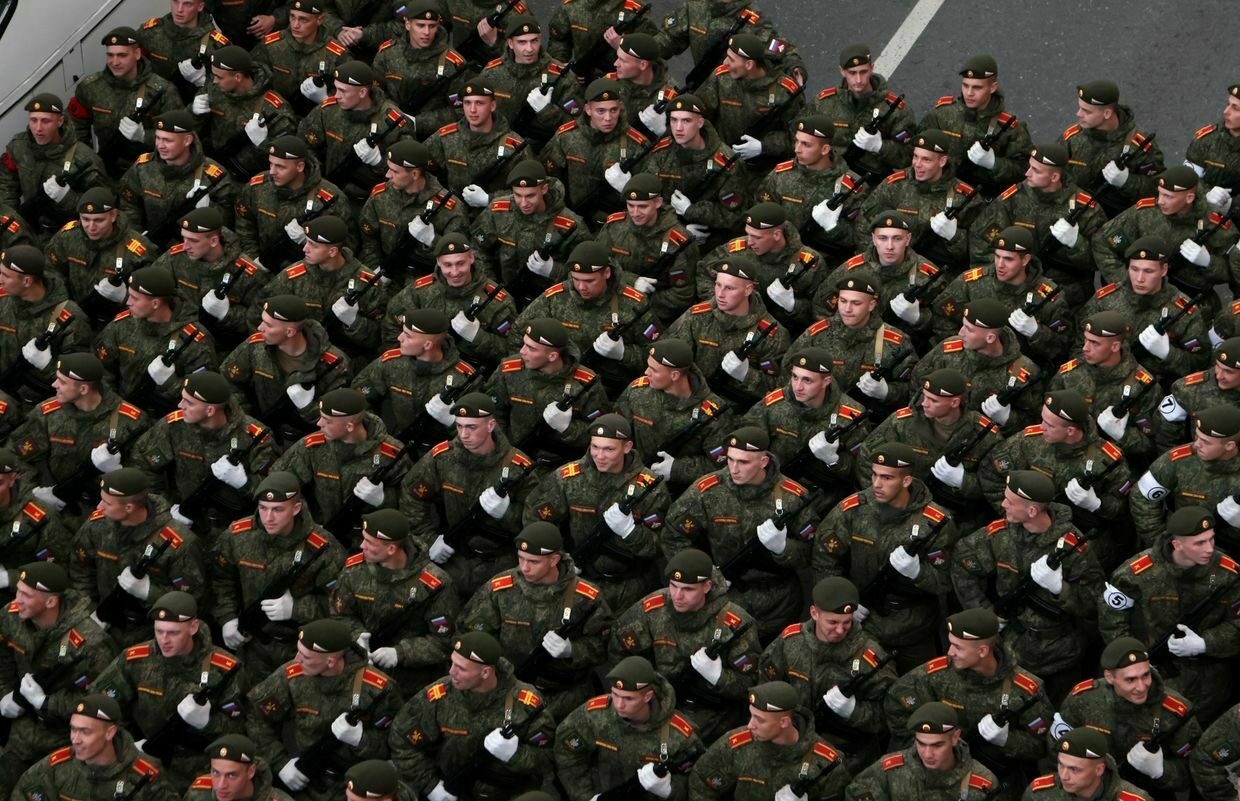
Germany to supply new Iris-T air defense systems to Ukraine, rules out Taurus missilesGermany will deliver new IRIS-T air defense systems to Ukraine under a three-year supply plan, President Volodymyr Zelensky said during a joint press conference with German Defense Minister Boris Pistorius, who added Berlin has no plans to provide Taurus long-range missiles.
The announcement comes amid escalating Russian aerial assaults, including a June 10 missile and drone strike on Kyiv, one of the largest since the start of the full-scale invasion.
“We are grateful for the supply of IRIS-T air defense systems,” Zelensky said on June 12. “We understand that deliveries are currently being planned… for the next three years. This is very important assistance."
The IRIS-T is a German-made medium-range surface-to-air missile system capable of intercepting drones, aircraft, and cruise missiles.
Since first being delivered to Ukraine in late 2022, the system has at been at the core of the country’s transition to Western-made high-end air defense systems.
Pistorius confirmed the delivery timeline but firmly ruled out the possibility of sending Taurus missiles — weapons Kyiv has repeatedly requested to strike deep into Russian territory.
“You asked me whether we are considering this, and my answer is no,” Pistorius said.
Before taking office, German Chancellor Friedrich Merz signaled openness to lifting former Chancellor Olaf Scholz’s ban on the missiles. That stance has not yet resulted in a policy shift.
Ukraine has already received long-range missiles — including ATACMS from the U.S. and Storm Shadow and SCALP from the U.K. and France. Initially restricted to use within Ukrainian territory, Western allies only began easing those limitations in late 2024.
Germany is Ukraine’s largest military donor in Europe. Zelensky said that Berlin will provide 7 billion euros ($8.1 billion) in aid this year, with investments in defense production being considered.
“Today, we discussed that this aid will continue,” he said. “We agreed on additional investments in production… both in Ukraine and in Germany."
Zelensky visited Berlin on May 28 for talks with Merz, part of an ongoing effort to bolster Ukraine’s defense industry amid uncertainty over U.S. support under President Donald Trump.
Why can’t the West match Russia’s ammunition production?The West is failing to catch up to Russia’s production of the most basic unit of war for the past half-millennium — gunpowder. The modern propellants and explosives that power war have largely been offshored. While Western manufacturers are churning out shell casings, they are short on the materials to fillThe Kyiv IndependentKollen Post
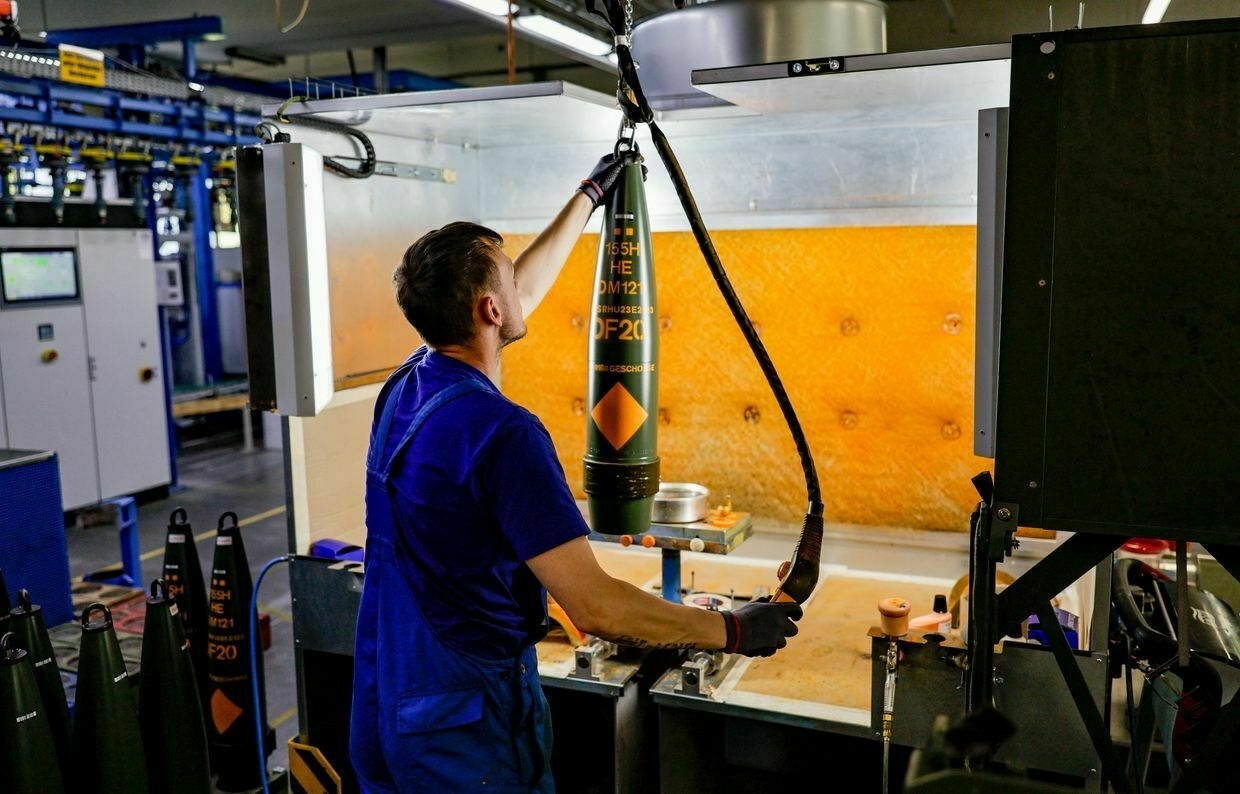
Ukraine, Russia carry out another exchange of POWs under Istanbul dealUkraine has brought home another group of service members from Russian captivity, President Volodymyr Zelensky announced on June 12, saying the latest exchange focused on “severely wounded and seriously ill warriors."
The prisoners of war (POWs) were released as part of a prisoner exchange with Russia agreed upon during recent peace talks in Istanbul, Ukraine’s Coordination Headquarters for the Treatment of the POWs said.
The June 12 release follows a similar exchange on June 10, which also prioritized severely injured and ill captives. As during the previous swap, the number of personnel released was not immediately disclosed.
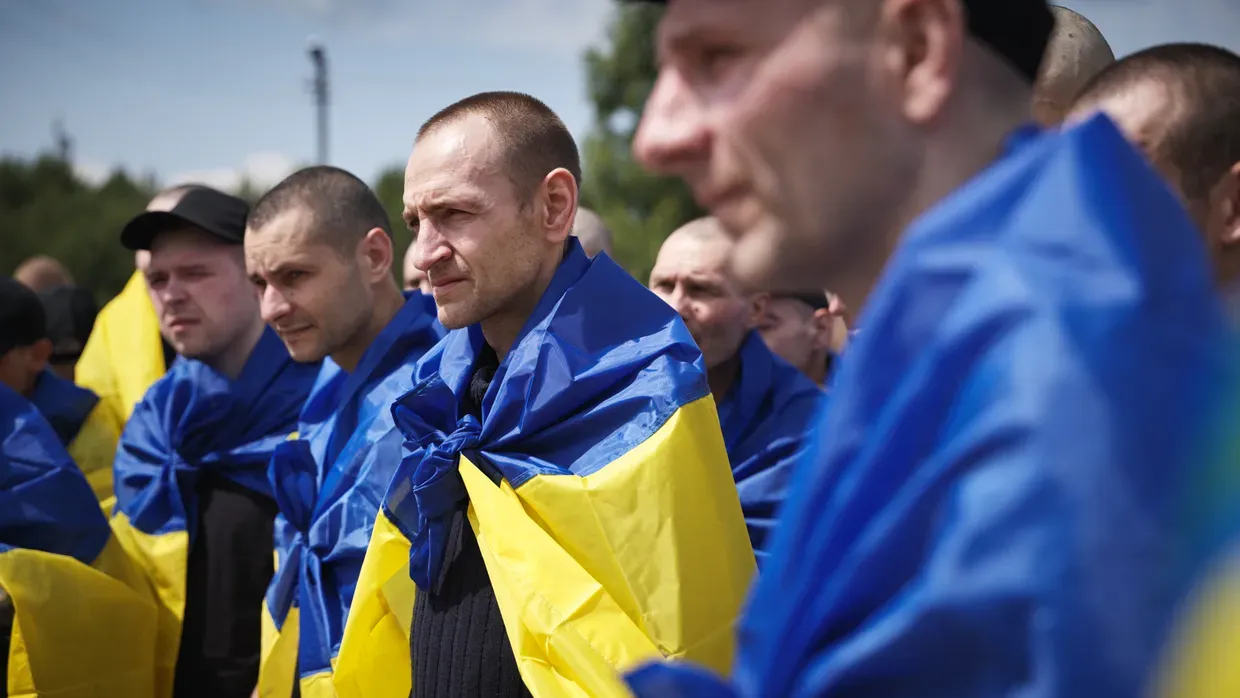
Ukrainian service members released from Russian captivity under a prisoner exchange on June 12, 2025. (President Volodymyr Zelensky/X) 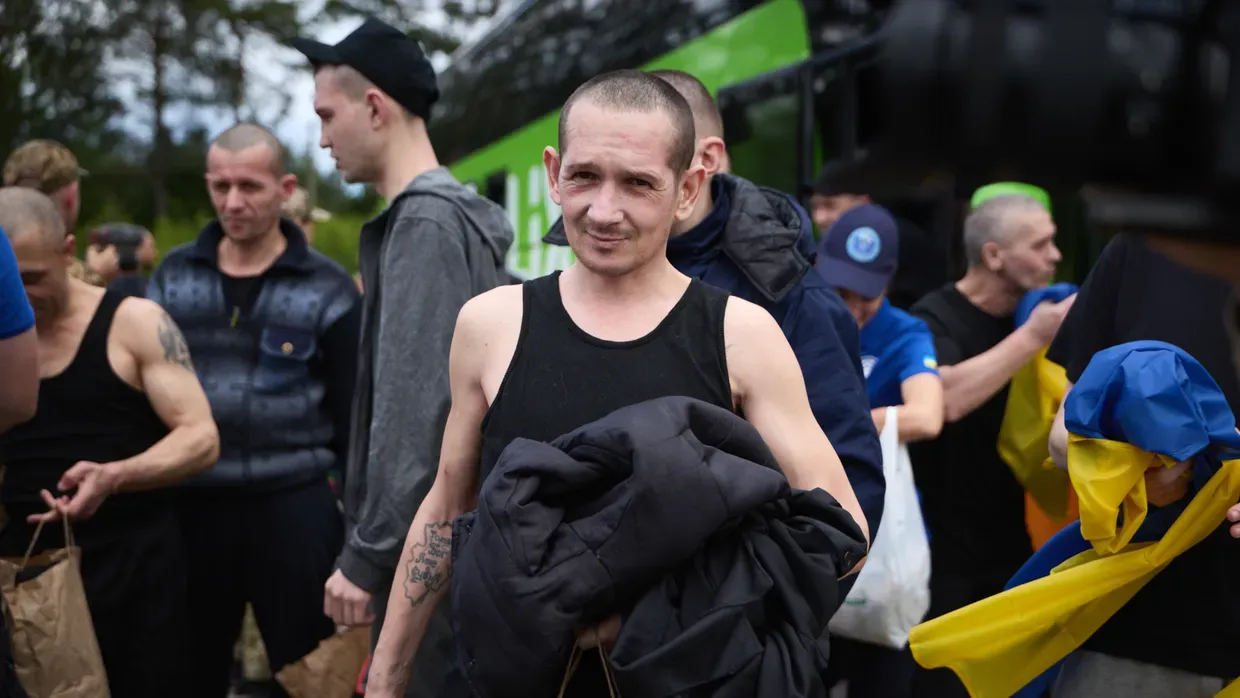
Ukrainian service members released from Russian captivity under a prisoner exchange on June 12, 2025. (President Volodymyr Zelensky/X) 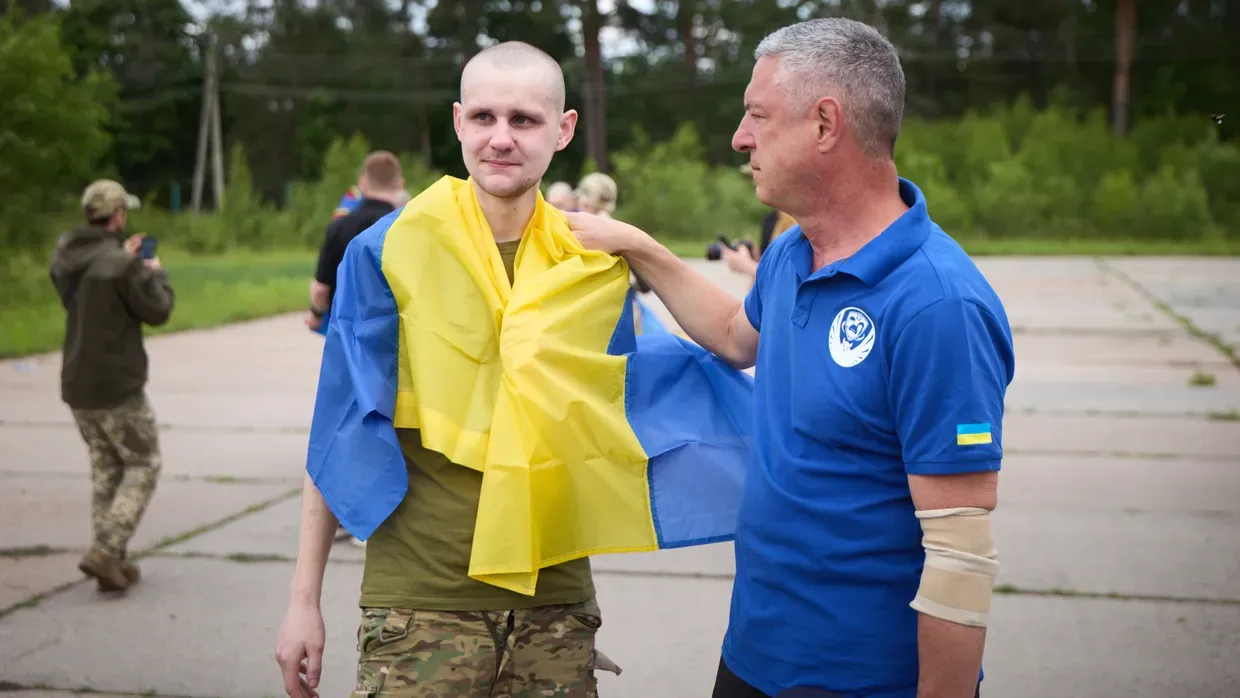
Ukrainian service members released from Russian captivity under a prisoner exchange on June 12, 2025. (President Volodymyr Zelensky/X) Russia’s Defense Ministry has also announced that its soldiers had been released from Ukrainian captivity as part of the swap, without disclosing their numbers.
Some of the POWs had been held by Russia for more than three years, according to the headquarters. Many of the released defenders had been classified as missing in action.
“This is part of a major exchange that continues in phases,” the headquarters said in a statement. “These soldiers require urgent medical care and will receive full assistance, including psychological rehabilitation and financial compensation for their time in captivity."
Soldiers from multiple Ukrainian military branches, including the Armed Forces, Air Assault Forces, Navy, Air Force, Territorial Defense Forces, National Guard, Border Guard Service, and the State Special Transport Service, were freed in the exchange. Many had served in combat operations across Donetsk, Luhansk, Kharkiv, Kherson, and Zaporizhzhia oblasts.
The Istanbul deal was reached during a second round of direct talks between the Ukrainian and Russian delegations on June 2. While no political breakthrough was achieved, both sides agreed to a phased exchange of prisoners and the repatriation of fallen soldiers’ remains.
As part of that agreement, Russia pledged to return the bodies of up to 6,000 Ukrainian service members.
Ukraine has brought back the bodies of 1,212 fallen service members on June 11. Vladimir Medinsky, aide to Russian President Vladimir Putin, claimed Ukraine released the remains of 27 Russian service members, while Kyiv did not confirm this.
The recent prisoner swap comes weeks after the largest such exchange of the war to date, which took place between May 23 and 25, with each side releasing 1,000 captives. Since Russia’s full-scale invasion began, more than 5,000 Ukrainian POWs have been returned home, according to official figures.
Ukraine continues to push for an “all-for-all” formula to bring every captured Ukrainian soldier back, but Moscow has so far rejected such a comprehensive agreement. Meanwhile, the Coordination Headquarters said preparations are underway for the next phase of exchanges in the coming weeks.
Ukraine, Russia conduct second prisoner swap under Istanbul deal“All of them require immediate medical attention,” President Volodymyr Zelensky said.The Kyiv IndependentTim Zadorozhnyy
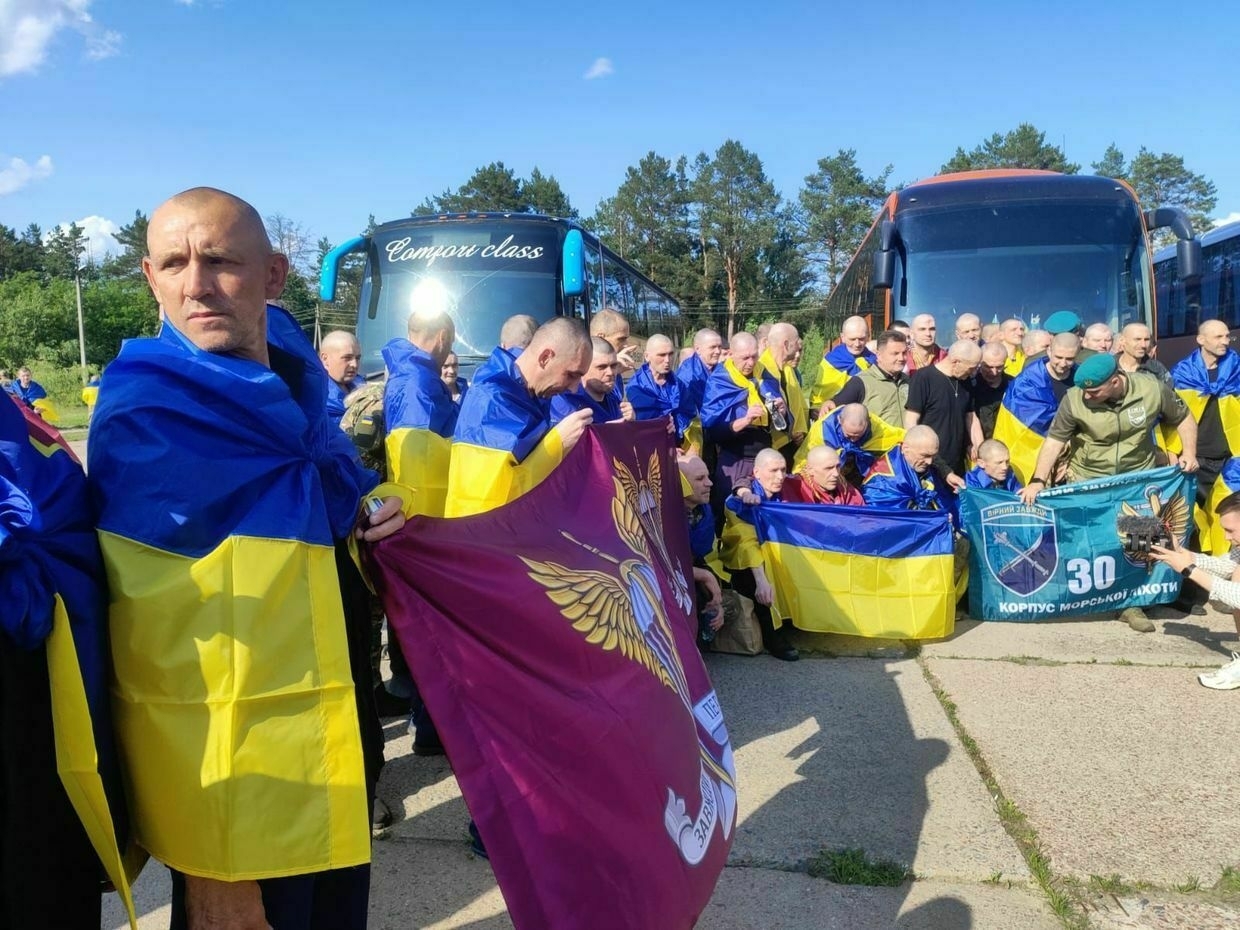
‘Juicy target’ — Ukraine says it struck Russian electronics plant in Moscow OblastUkraine’s Unmanned Systems Forces attacked the Rezonit Technopark in Russia’s Moscow Oblast overnight on June 12, with explosions reported at the facility, the Ukrainian military said.
The operation was designed to “reduce Russia’s ability to produce high-tech weapons and equipment,” as the facility assembles circuit boards and electronics for the Russian military-industrial complex, the General Staff of Ukraine’s Armed Forces said.
The consequences of the attack are being clarified, according to the statement.
“The Rezonit plant in the Zubovo technopark… is a juicy target, located roughly 40 kilometers (25 miles) from Moscow’s center,” Ukrainian National Security and Defense Council official Andrii Kovalenko said.
According to Kovalenko, the circuit boards manufactured at Rezonit are used for flight control and navigation in Iskander, Kalibr, and Kh-101 missiles, as well as Orlan and Lancet drones and other systems.
0:00/Alleged footage of an explosion in Zubovo, Moscow Oblast, Russia, during a Ukrainian attack overnight on June 12, 2025. (Supernova+/Telegram) Ukrainian Telegram channel Supernova+ published alleged footage of an explosion in Zubovo, with drones audible in the background. The strike tore a hole in the plant’s roof, the channel wrote.
Russia’s Defense Ministry claimed its forces shot down 52 Ukrainian drones overnight, including three over Moscow Oblast. Russian officials have not yet commented on a possible attack against the technopark.
Zubovo is located around 500 kilometers (300 miles) north of the Russia-Ukraine border.
Ukraine has repeatedly deployed long-range drones to target Russian military and industrial facilities deep in the rear, aiming to disrupt Moscow’s ability to wage its all-out war.
In one of the most daring operations, the Security Service of Ukraine (SBU) attacked four Russian air bases on June 1, allegedly hitting 41 Russian bombers and other aircraft.
‘They are not so successful’ — Zelensky rejects claims of major Russian advancesPresident Volodymyr Zelensky rejected claims of Russian advance as “a Russian narrative,” insisting that Ukraine’s forces have been holding off a renewed offensive for nearly three weeks.The Kyiv IndependentAnna Fratsyvir
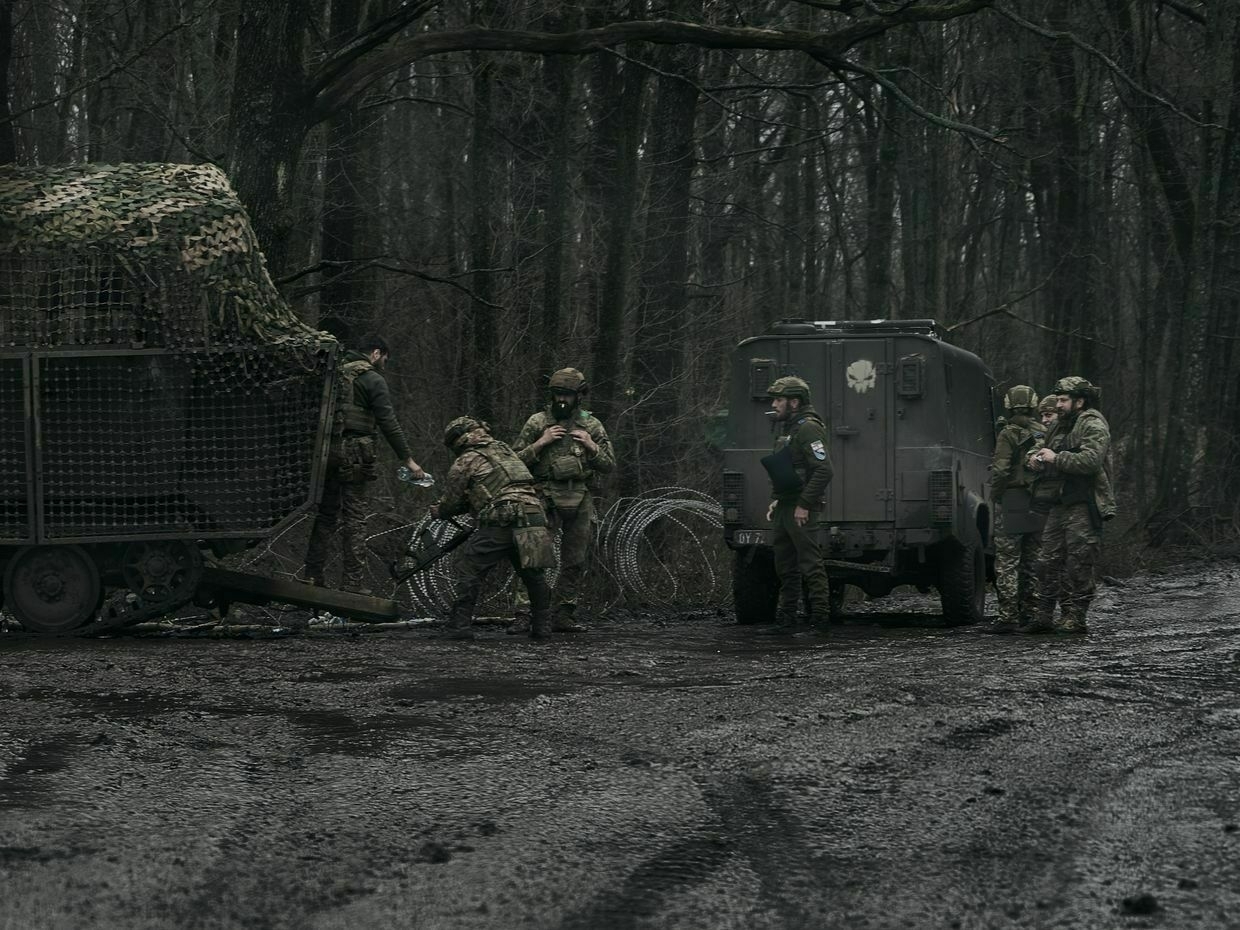
For first time since invasion of Ukraine, US congratulates Russia on National DayU.S. Secretary of State Marco Rubio congratulated the Russian people on June 12, Russia’s National Day, and expressed a desire for “constructive engagement” to bring peace to Ukraine.
“On behalf of the American people, I want to congratulate the Russian people on Russia Day,” Rubio said in a statement published on the State Department’s website.
“The United States remains committed to supporting the Russian people as they continue to build on their aspirations for a brighter future."
After taking office in January, the new U.S. administration took a sharp break from ex-President Joe Biden’s policy on Ukraine and Russia.
U.S. President Donald Trump’s team has sought to broker a peace deal between Kyiv and Moscow while being reluctant to commit additional funds or military aid to the besieged country.
“It is our hope that peace will foster more mutually beneficial relations between our countries,” Rubio said.
Washington has also signaled an intent to restore ties with Moscow, with both sides discussing venues for possible economic cooperation.
Ukrainian Foreign Minister Andrii Sybiha later said that he found it “unpleasant” to read the congratulations from “some countries” on Russia Day.
“As the minister of a country at war, I found it particularly unpleasant this morning to read the public congratulations from some countries to the Russian aggressor,” European Pravda quoted him as saying.
The minister also added that he “has the moral right to say this” and further noted that “there can be no reward for the aggressor country."
While the Biden administration imposed massive sanctions on Russia and sought to isolate Russian President Vladimir Putin on the international stage, Trump has often boasted about his close ties with the Russian leader and refused to impose additional economic restrictions.
Russia Day, also known as the Day of Adoption of the Declaration of State Sovereignty of the Russian Soviet Federative Socialist Republic, has been celebrated annually on June 12 since 1992.
The day commemorates the declaration of Russia’s state sovereignty from the Soviet Union, marking the start of a constitutional reform that eventually led to the breakdown of the USSR.
Note from the author:
Ukraine War Latest is put together by the Kyiv Independent news desk team, who keep you informed 24 hours a day, seven days a week. If you value our work and want to ensure we have the resources to continue, join the Kyiv Independent community.
-
Putin announces creation of separate drone branch in Russian military
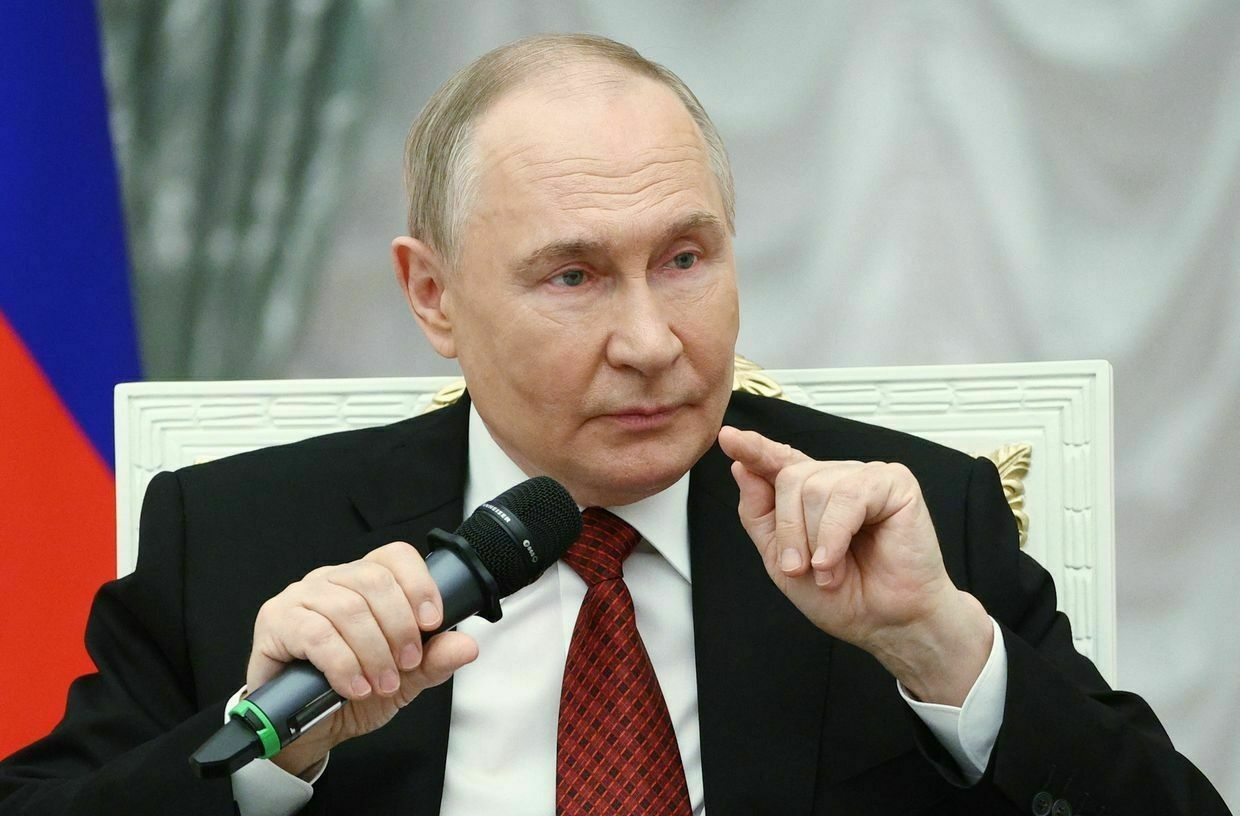
Russia will establish a dedicated military branch for unmanned systems, President Vladimir Putin said on June 12 during a meeting on the state armament program.
“We have accumulated a great deal of experience to create this branch of the armed forces,” Putin said, noting the move includes personnel training, manufacturing, and deployment of modern equipment.
The announcement comes as both Russia and Ukraine increasingly use drones for strike missions and surveillance. Unmanned systems have become central to battlefield operations and enabling deep strikes.
Ukraine established its own Unmanned Systems Forces (USF) in June 2024 to formalize and scale its drone-based operations on the battlefield. The USF has since launched hundreds of deep strikes into Russian territory and worked to integrate drone technology across combat units.
Russia, meanwhile, has ramped up drone production over the past year, launching waves of Iranian-designed Shahed-type suicide drones in near-daily attacks on Ukrainian cities.
President Volodymyr Zelensky said on May 27 that Moscow intends to produce up to 500 drones daily, with Russian manufacturers gearing up to manufacture 300-350 drones each day.
Russian drone production has been supported by a steady flow of components from China and a workforce that includes teenagers and foreign laborers from African countries.
The Kremlin’s move mirrors Kyiv’s earlier military reform and signals Russia’s recognition of drones as a critical pillar of modern warfare.
As Russian losses in Ukraine hit 1 million, Putin’s war economy heads toward breaking pointRussian losses in Ukraine hit a massive, and grim milestone on June 12 — 1 million Russian soldiers killed or wounded during the 39-month-long full-scale war, according to figures from Kyiv. Although hugely symbolic, the number is unlikely to prompt a change in tactics from Moscow as it gears up forThe Kyiv IndependentChris York
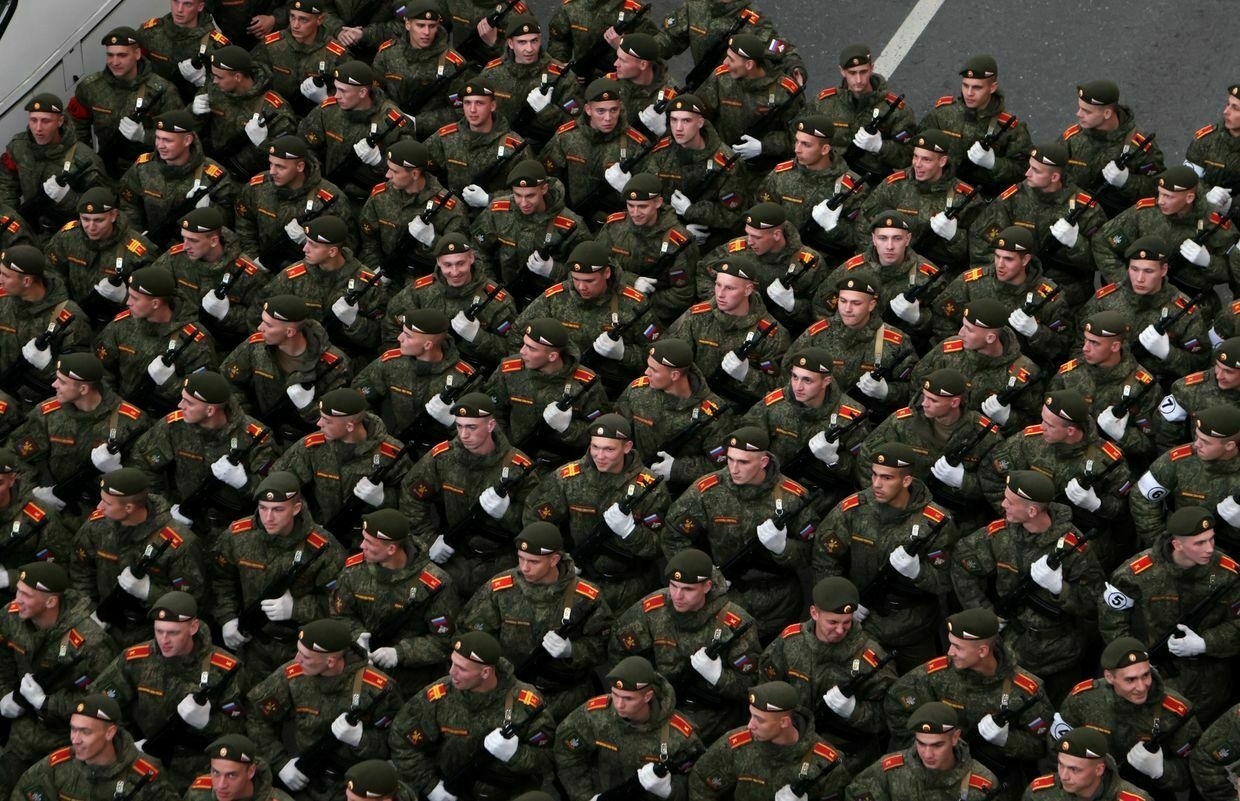
-
Million soldiers – a staggering number of Russian losses in Ukraine
-
Ukrainian forces 'gradually pushing back' Russian troops from Sumy Oblast, Zelensky says
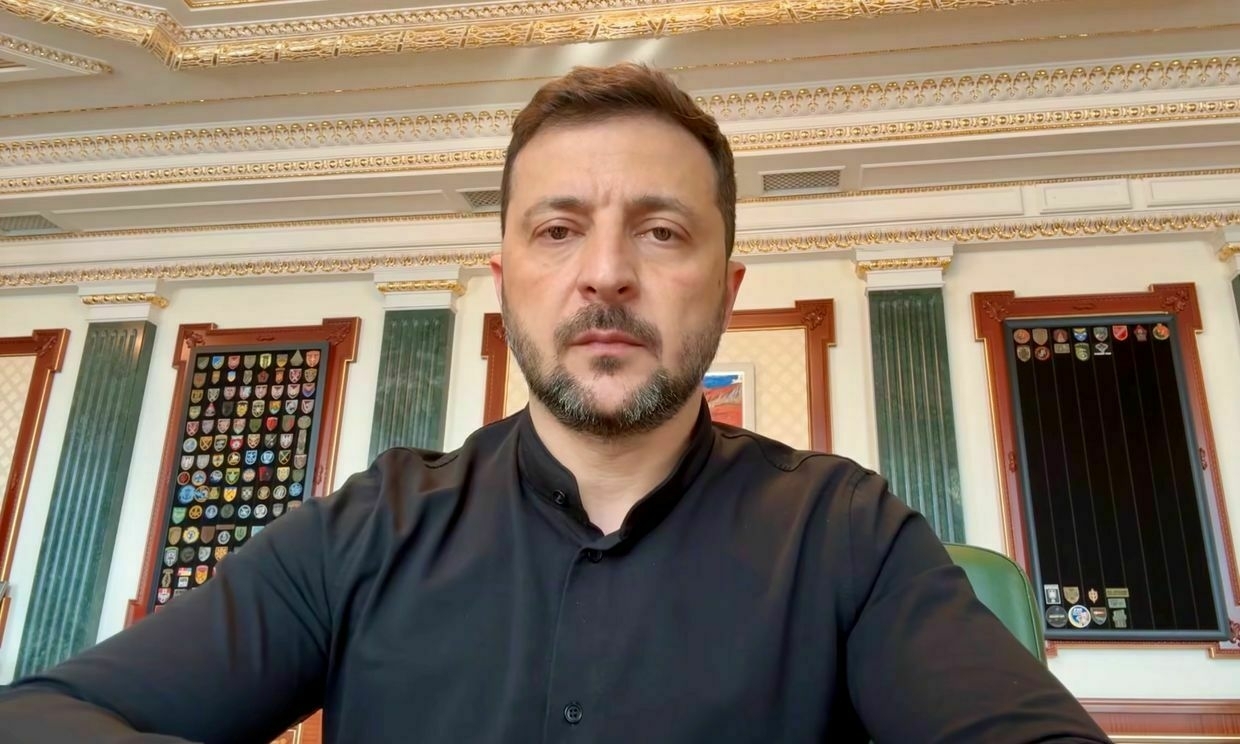
Ukrainian forces are gradually driving Russian troops back from parts of Sumy Oblast, President Volodymyr Zelensky said on June 12, amid escalating cross-border assaults in the region.
“Today, there was a report from Commander-in-Chief (Oleksandr) Syrskyi — the front and, above all, the Pokrovsk direction, the Kursk operation, the border area of Sumy Oblast,” Zelensky said in a video address.
“Our units in Sumy Oblast are gradually pushing back the occupiers. Thank you to each of our soldiers, sergeants, and officers for this result."
The statement follows weeks of intensified Russian offensives along the northeastern border. Russian troops have advanced into Sumy Oblast since Ukraine’s withdrawal from most of its positions in Russia’s Kursk Oblast in March.
Since March, Russia has reportedly taken control of about 200 square kilometers (80 square miles) in northern Sumy Oblast, including roughly a dozen small villages. As of May 31, mandatory evacuations were ordered for 213 settlements.
In May, Russian President Vladimir Putin ordered his military to create a so-called “security buffer zone” along the border with Ukraine, while Zelensky said on May 28 that Moscow had massed 50,000 troops near Sumy.
In a separate interview with Bild on June 12, Zelensky dismissed Moscow’s claims of significant territorial gains as “a Russian narrative” aimed at shaping global perceptions. He stressed that Ukrainian forces have managed to hold off a renewed offensive for nearly three weeks.
Sumy Oblast, which shares a long border with Russia, has been under near-constant attack since the start of the full-scale invasion in 2022.
On June 3, Russian strikes on the city of Sumy killed six people and injured 28 others, including children.
As Russian losses in Ukraine hit 1 million, Putin’s war economy heads toward breaking pointRussian losses in Ukraine hit a massive, and grim milestone on June 12 — 1 million Russian soldiers killed or wounded during the 39-month-long full-scale war, according to figures from Kyiv. Although hugely symbolic, the number is unlikely to prompt a change in tactics from Moscow as it gears up forThe Kyiv IndependentChris York
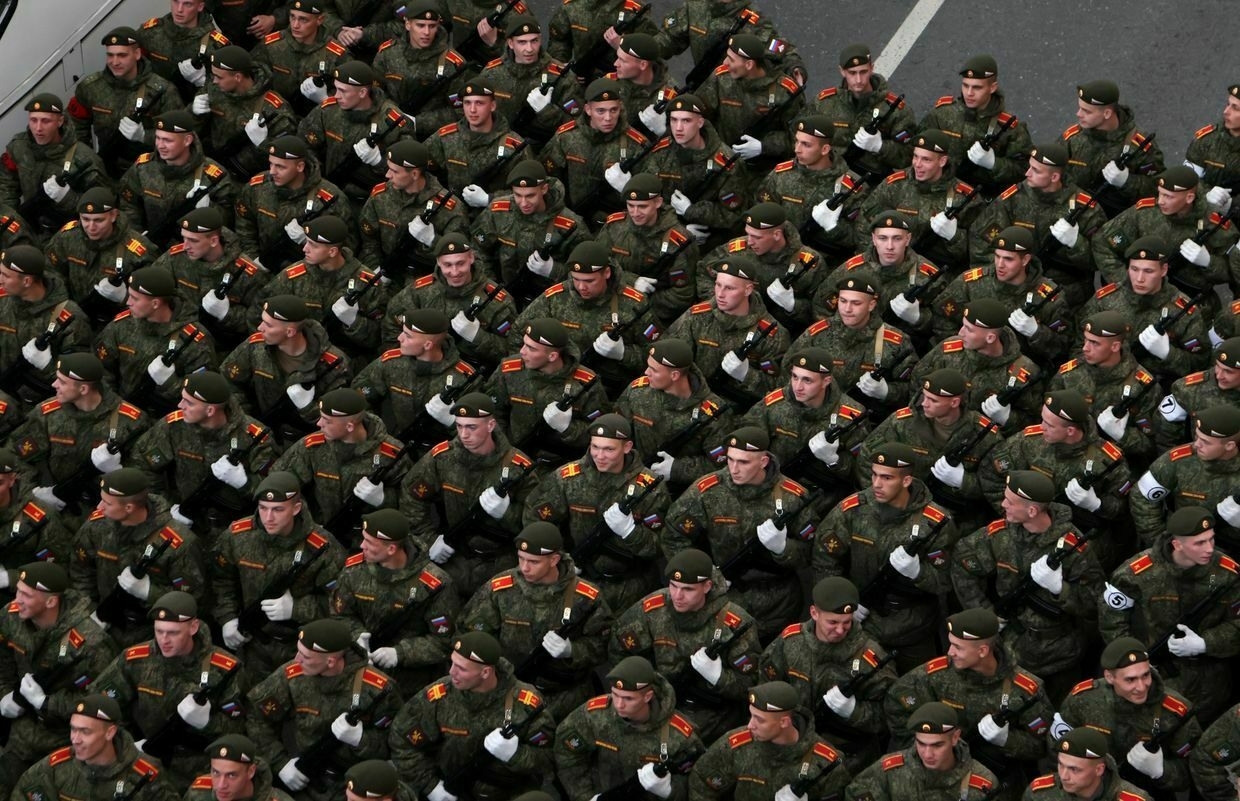
-
Russia converts Kerch Airport in Crimea into military base, investigation shows
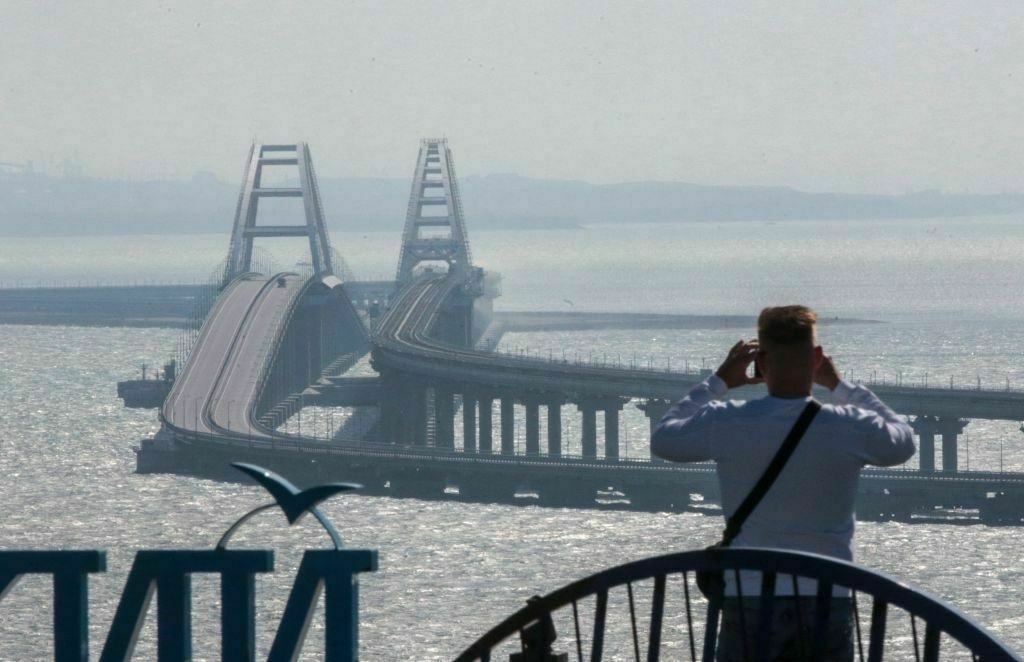
Kerch Airport in occupied Crimea is being repurposed from civilian to military use, according to a June 12 investigation by Radio Free Europe/Radio Liberty’s Schemes project, citing satellite imagery and Russian real estate registry data.
On March 4, 2025, the Russian-backed authorities officially transferred part of the airport’s land to Russia’s Defense Ministry for indefinite use, according to the investigation.
Russia illegally annexed Crimea in 2014 after a discredited referendum under military occupation. Since then, the peninsula has become a heavily militarized zone.
Satellite images from the Planet Labs imaging company show ongoing construction at the site, including the installation of protective and camouflage structures around the runway.
The changes suggest the airport is being converted into a military facility capable of supporting drone operations or housing short-range air defense systems such as the Pantsir-S1 or Tor-M2, according to aviation expert Anatoly Khrapchinsky.
The new runway will be suitable for drone launches, Khrapchinsky noted.
Kerch Airport has not hosted regular commercial flights since 2007 and was previously used as a truck holding area for freight vehicles crossing the nearby ferry. That function was relocated in March 2025, officially as part of a “reorganization."
The city of Kerch, situated near the strategic Kerch Strait, lies just across from Russia’s Krasnodar Krai and is home to the crucial Crimean Bridge, built after Russia’s illegal annexation of the peninsula in 2014.
Germany to supply new Iris-T air defense systems to Ukraine, rules out Taurus missilesGermany will deliver new IRIS-T air defense systems to Ukraine under a three-year supply plan, President Volodymyr Zelensky said during a joint press conference with German Defense Minister Boris Pistorius, who said Berlin has no plans to provide Taurus long-range missiles.The Kyiv IndependentTim Zadorozhnyy
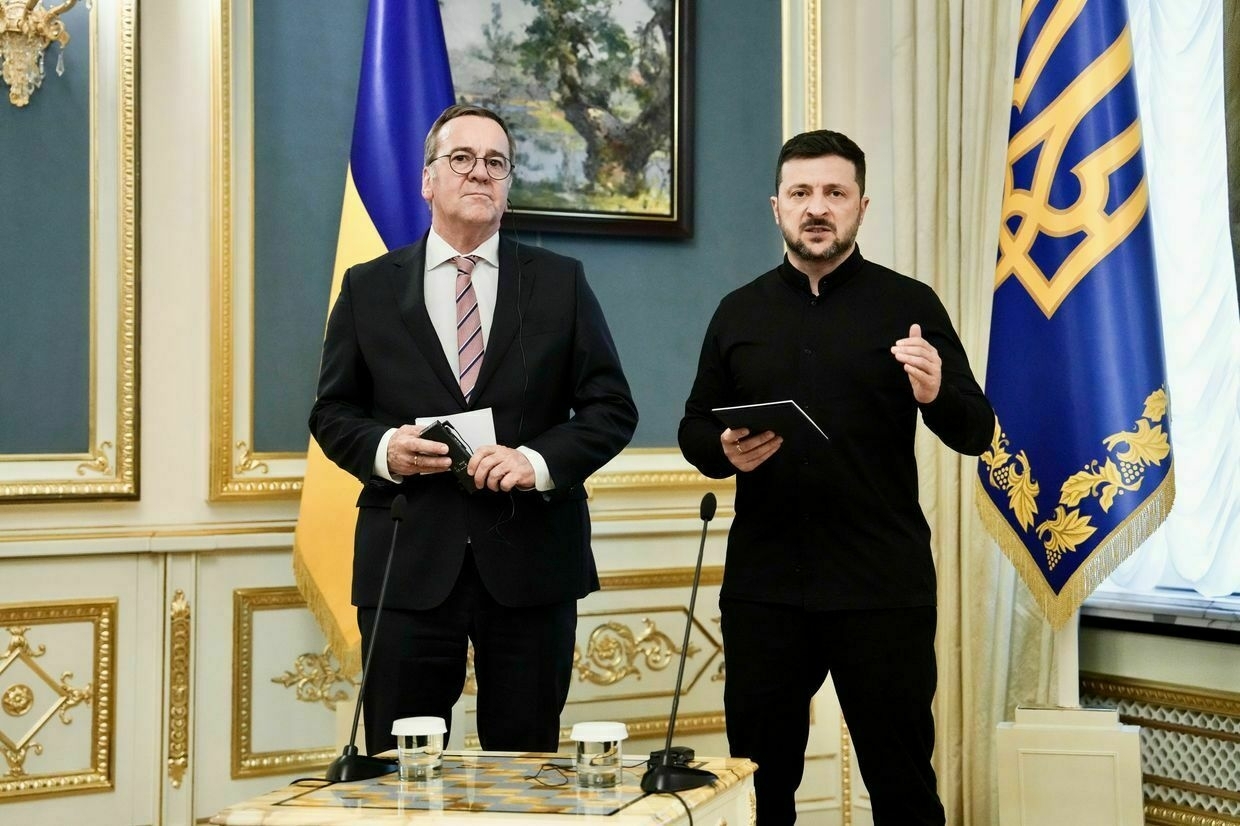
-
Germany to new Iris-T air defense systems to Ukraine, rules out Taurus missiles
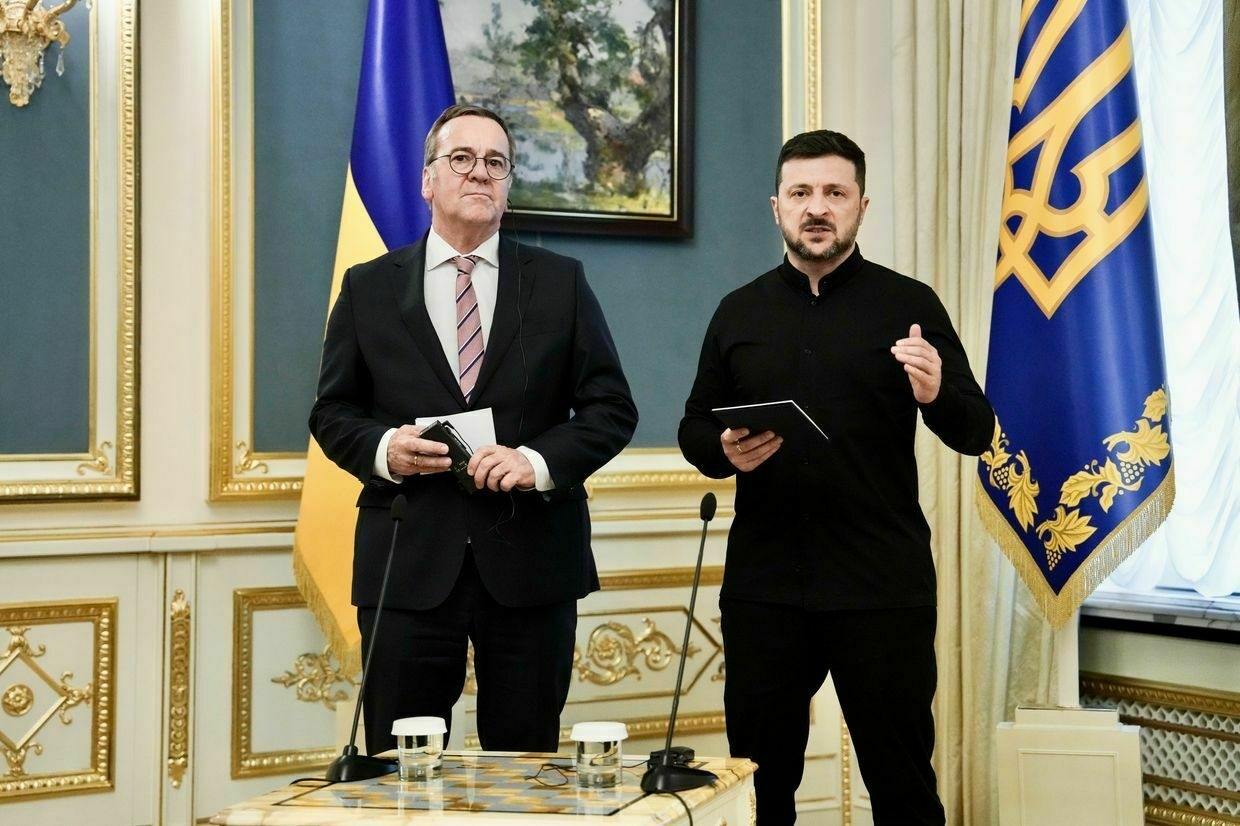
Germany will deliver new IRIS-T air defense systems to Ukraine under a three-year supply plan, President Volodymyr Zelensky said during a joint press conference with German Defense Minister Boris Pistorius, who added Berlin has no plans to provide Taurus long-range missiles.
The announcement comes amid escalating Russian aerial assaults, including a June 10 missile and drone strike on Kyiv, one of the largest since the start of the full-scale invasion.
“We are grateful for the supply of IRIS-T air defense systems,” Zelensky said on June 12. “We understand that deliveries are currently being planned… for the next three years. This is very important assistance."
The IRIS-T is a German-made medium-range surface-to-air missile system capable of intercepting drones, aircraft, and cruise missiles.
Pistorius confirmed the delivery timeline but firmly ruled out the possibility of sending Taurus missiles — weapons Kyiv has repeatedly requested to strike deep into Russian territory.
“You asked me whether we are considering this, and my answer is no,” Pistorius said.
Before taking office, German Chancellor Friedrich Merz signaled openness to lifting former Chancellor Olaf Scholz’s ban on the missiles. That stance has not yet resulted in a policy shift.
Ukraine has already received long-range missiles — including ATACMS from the U.S. and Storm Shadow and SCALP from the U.K. and France. Initially restricted to use within Ukrainian territory, Western allies only began easing those limitations in late 2024.
Germany is Ukraine’s largest military donor in Europe. Zelensky said that Berlin will provide 7 billion euros ($8.1 billion) in aid this year, with investments in defense production being considered.
“Today, we discussed that this aid will continue,” he said. “We agreed on additional investments in production… both in Ukraine and in Germany."
Zelensky visited Berlin on May 28 for talks with Merz, part of an ongoing effort to bolster Ukraine’s defense industry amid uncertainty over U.S. support under President Donald Trump.
Why can’t the West match Russia’s ammunition production?The West is failing to catch up to Russia’s production of the most basic unit of war for the past half-millennium — gunpowder. The modern propellants and explosives that power war have largely been offshored. While Western manufacturers are churning out shell casings, they are short on the materials to fillThe Kyiv IndependentKollen Post
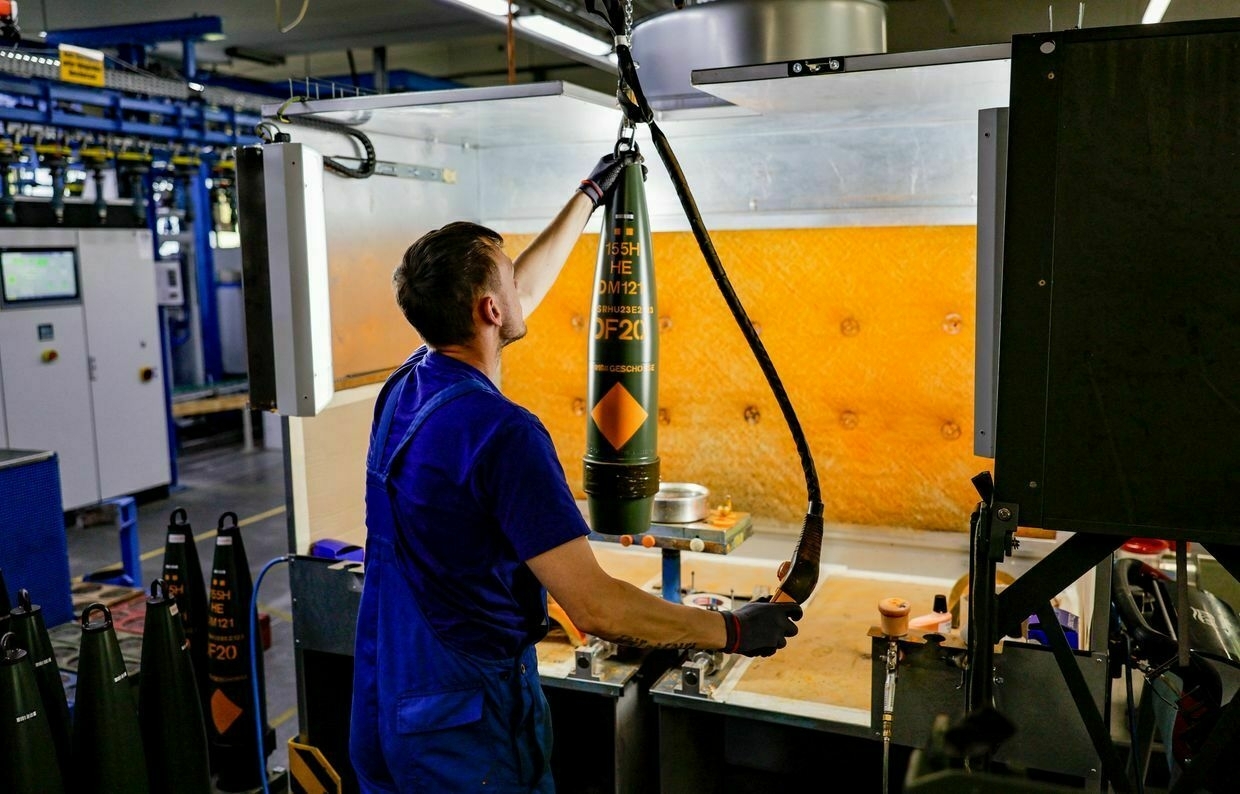
-
‘I feel like I lost 3 years’ — Ukrainian author turned soldier Artem Chapeye on culture during war
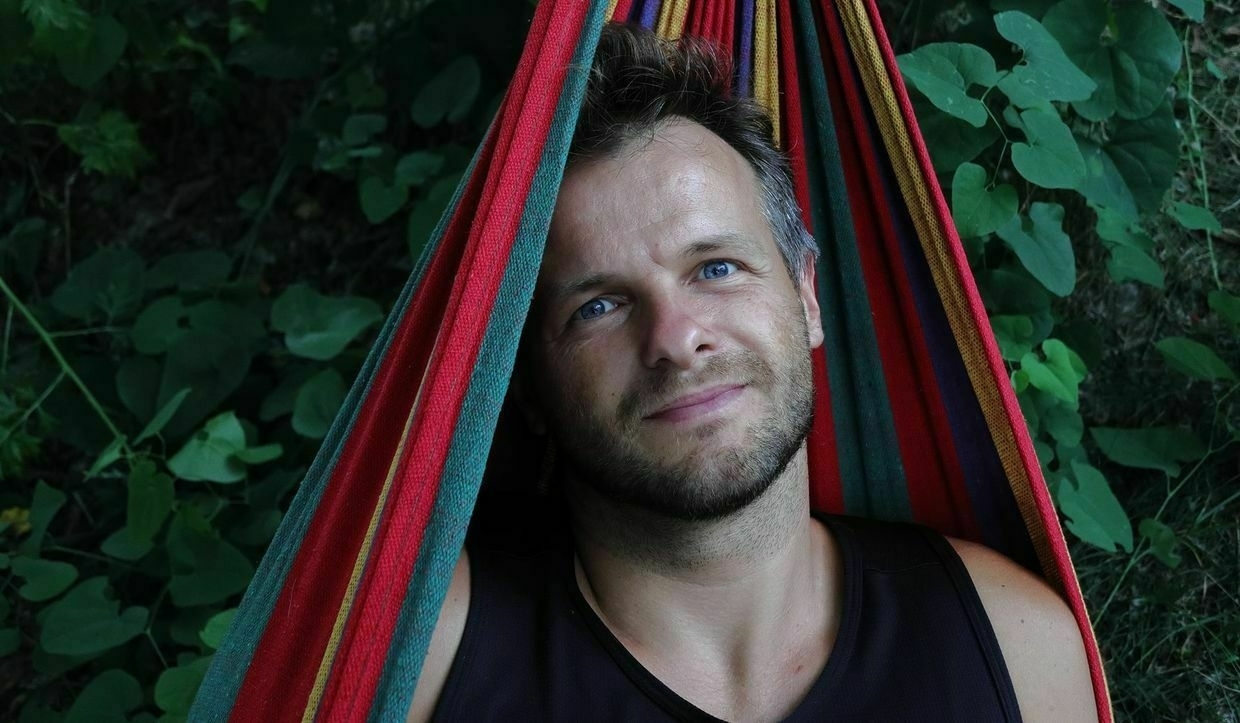
Since Russia launched its full-scale invasion of Ukraine in 2022, Ukrainian writers have found themselves grappling with questions not just of survival, but of voice, purpose, and audience.
Can one write fiction in the midst of war? Can creativity endure under air raid sirens and military mobilization? And what does it mean to speak to the world — especially when much of that world is only willing to listen to Ukrainians when the subject is war?
Artem Chapeye, a Ukrainian writer turned soldier, is among those navigating these questions firsthand. Known for his sharp nonfiction and fiction rooted in realism, Chapeye’s literary journey has shifted dramatically in recent years — from an early inability to read anything at all in 2022 to rediscovering language through science fiction and a growing urgency to write again.
In this conversation with the Kyiv Independent during the international Book Arsenal Festival, Ukraine’s largest literary event, Chapeye reflects on the creative cost of war, his fears that the world will only associate Ukraine with war, and the surprising role artificial intelligence might play in leveling the literary playing field for authors working in “small” languages.
This interview has been edited for length and clarity.
The Kyiv Independent: Military service can be both physically and mentally exhausting — do you still find time to read or write for pleasure?
Artem Chapeye: I’d say that during the first year, in 2022, I couldn’t even bring myself to read. So I focused on more mechanical mental activities — like learning languages on Duolingo. I ended up learning two. It was a way to keep my mind occupied and avoid getting caught up in ruminations. Eventually, I started reading again, but I don’t think I began writing until the end of 2024. So yes, I do feel — and still feel — that I lost about three years. Now there’s this strong sense of urgency to get back to writing, to pick up where I left off.
The Kyiv Independent: What do you feel compelled to write about? There’s been a lot of discussion in Ukrainian literary circles — many fiction writers are finding it difficult to write fiction right now and are turning to nonfiction or poetry instead. Understandably, the war has become the central theme.
Artem Chapeye: Sometimes I worry we won’t be able to write anything unrelated to the war — or at least, that anything not about the war won’t interest the world. It feels like a niche we’ve been forced into. In my case, I began with very short nonfiction pieces — reflections and contemplations on what was happening around me.
This resulted in my latest book, called “Ordinary People Don’t Carry Machine Guns” in English. It’s also been published in French and, of course, in Ukrainian.
People are often focused on their own stories and don’t always want to be shown how they look from someone else’s perspective.
Now I’m trying to return to fiction, but the hardest part has been finding the right voice — the right tone. I realized that writing in a realistic style no longer feels possible for me. My previous book, “The Ukraine,” was what I called pure, photographic realism. But with this material, that approach doesn’t work.
When I started reading again in 2023, after a year in the army, I turned to fantasy and science fiction — genres with very different voices. I read “The Lord of the Rings,” and a lot of Philip K. Dick. Eventually, I came to understand that I already knew what I wanted to write — I had just been searching for the right voice for three years.
Now, I think it’s finally coming together. I hope to finish my first fiction book (since the start of the full-scale war) by the end of 2025. But it will have to be short, because there’s still that ever-present sense of urgency — that feeling that at any moment, everything could be interrupted.
The Kyiv Independent: When it comes to writing about the war, do you find it challenging to describe that experience? In some sense, the war affects everyone in Ukraine, but not everyone has firsthand experience of being targeted almost daily in a front-line city or sitting in a trench. Foreigners are even more removed from our wartime reality. Did you struggle with any kind of cognitive dissonance because of that while writing?
Artem Chapeye: I think it’s important to portray different aspects of war. It matters to understand the war from the perspective of a refugee, or a woman with children, for example. I’m fully aware that my own experience is limited.
After three years, you realize that your perspective is confined to the work you've been doing. I’ve never been in the trenches myself — my role has focused on working with prisoners of war. That, too, is a unique experience, and it deserves to be explored.
The real challenge is turning your limited, personal experience — and the experiences of those around you — into something universal. Something that resonates not only with Ukrainians, but with a global audience. That’s what I’m trying to do.

Ukrainian writer and soldier Artem Chapeye attends the 13th International Book Arsenal Festival in Kyiv, Ukraine, on May 30, 2025. (Nastya Telikova / Global Images Ukraine via Getty Images) In fact, the new book I’m working on won’t mention Ukraine or Russia even once. For Ukrainians, it will be obvious what it’s about — but my goal is to create something universal, beyond national borders. Because I worry, as I mentioned earlier, that we’re being boxed into a single narrative.
I’ve already seen this dynamic at work: when I write about the war in Ukraine, American media is interested. But when I once tried to comment on what (U.S. President Donald) Trump means to us — how he's perceived from the outside — no one paid attention. I get it. People are often focused on their own stories and don’t always want to be shown how they look from someone else’s perspective.
The Kyiv Independent: Is there a particular type of literature or style of writing from Ukrainian authors that you’d love to see foreign publishers focus on? For example, later today during the Book Arsenal Festival, we’ll be speaking with Irena Karpa — her work is not directly related to the war. It’s vibrant, playful, and explores the experience of womanhood in Ukraine. That should be especially interesting for international audiences who often discuss feminism, as her approach is quite different from what they’re used to.
Artem Chapeye: Honestly, I’ve stopped believing strictly in genres altogether. I was really happy when Kazuo Ishiguro won the Nobel Prize — I loved his work long before that, and I’ve always been a fan of science fiction. I grew up with it.
It doesn’t really matter what the genre is — what truly matters is the quality of the work itself.
Now, science fiction can be recognized as serious literature, which I think is fantastic. The same goes for literature coming out of Ukraine. It can be science fiction, or vibrant and playful like Irena Karpa’s writing, or something melancholic, or even dark comedy.
It doesn’t really matter what the genre is — what truly matters is the quality of the work itself.
The Kyiv Independent: There are so many opportunities to publish both classic and contemporary Ukrainian literature. What do you think it will take for international readers to become more interested in Ukrainian literature that isn’t focused solely on the war?
Artem Chapeye: The main problem is that there are not enough translators. More are emerging, yes — but it’s still hard to tell who is truly skilled. When I tried reaching out to one translator, she told me she was fully booked for the next two or three years. So clearly, the pool is very limited. And Ukrainian isn’t an easy language to master.
This points to a bigger issue: most of what we call “world literature” still comes from former imperial languages. The British Empire left behind a global English-speaking legacy. That’s why a novel like “Half of a Yellow Sun” (by Chimamanda Ngozi Adichie) — which tells the story of the Igbo struggle in Nigeria — is written in English and widely read.
The same goes for Russian literature. It’s well known partly because there have been so many translators working on it for a very long time. But this challenge isn’t unique to Ukraine. It affects any writer working in a language that isn’t one of the four or five dominant global languages.
Author Yuri Andrukhovych on Ukrainian dissident art in Soviet timesIn Soviet times, being a pro-Ukrainian artist was dangerous. The Soviet secret police were particularly brutal in Ukraine, given that it was a country with a long history of resistance to Russian rule. Still, new generations of artists remained committed to their culture in the face of widespread Russification. AmongThe Kyiv IndependentKate Tsurkan
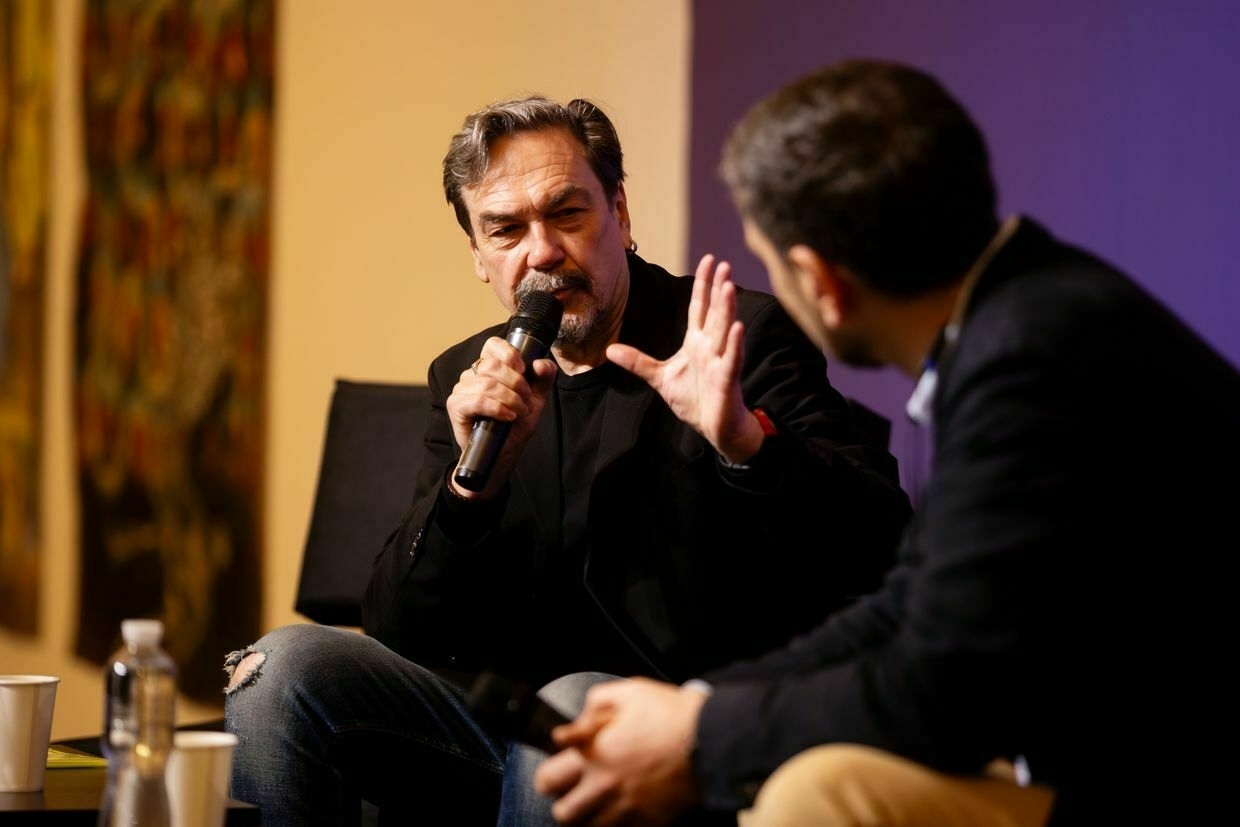
So yes, the lack of translators is a major barrier. I was recently talking to the philosopher Volodymyr Yermolenko, and we both had the same thought: maybe, just maybe, artificial intelligence could become a kind of equalizer for writers from countries like Ukraine, Poland, the Czech Republic — or even from places like Bangladesh or Papua.
If AI can speed up the process of translation — allowing human translators to focus more on refining rather than starting from scratch — it might actually level the playing field. Because right now, if you go to a place like France, yes, they do publish translated literature — but 90% of it is translated from English.
The Kyiv Independent: But do you really think that AI can capture the subtleties of the Ukrainian language, especially the humor?
Artem Chapeye: No, not at the moment. But then again, many human translators can’t either. I wrote a novel I really love called “Strange People” that’s written in a mix of Ukrainian and Russian — a dialect known as “Surzhyk.” It would be difficult to translate, to say the least.
Think about it this way: when Faulkner writes in a Southern dialect, it still gets translated. That’s possible because many people — myself included — can read Faulkner in the original and understand those nuances. But there are very few people who can truly grasp the subtleties of Ukrainian in its original form.
Now, if AI could at least handle the bulk of the translation — the structure, the plot — that might reduce the human translator’s workload to just two or three months, instead of years.
Right now, that’s still (in the realm of) science fiction. It’s not possible yet. But I believe that maybe, just maybe, in another generation, the language of a book, a movie, or even a video game might not matter so much anymore.
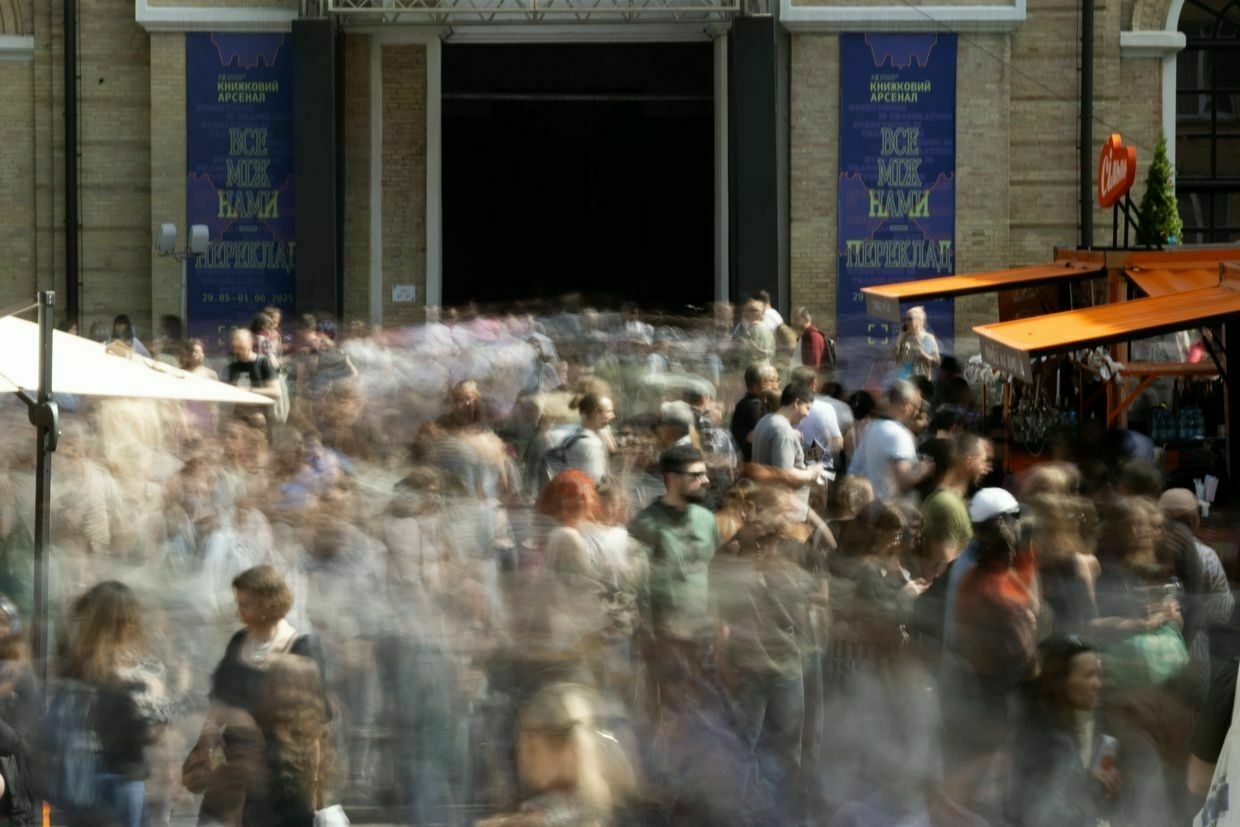
People attend the 13th International Book Arsenal Festival in Kyiv, Ukraine, on May 31, 2025. (Yevhenii Zavhorodnii / Global Images Ukraine via Getty Images) The Kyiv Independent: It’s really interesting to hear your perspective, especially since many creative people tend to be quite dismissive and pessimistic about AI.
Artem Chapeye: Actually, for legal reasons, I joined the Society of Authors in the U.K., and they’ve had some intense debates about AI. There was even a push to get everyone to sign a petition to ban AI outright. But I kept wondering — how can you really do that?
I was always on the mailing list, quietly hoping to offer a different perspective. Because I truly believe that, one day, it won’t matter whether you’re writing in Ukrainian or English. What should matter is the story itself — its relevance to humanity as a whole.
Right now, I often feel I know more about life in Milwaukee than in, say, (Ukraine’s) Khmelnytskyi Oblast — even though I live in Ukraine. I can envision a city like St. Jude because I’ve read (Johnathan) Franzen. I can picture life in the American Midwest, but I couldn’t say the same for a village in Ukraine — unless I actually go there myself.
Note from the author:
Hey there, it's Kate Tsurkan, thanks for reading my latest article. It was a great pleasure for me to reunite and speak with Artem Chapeye, one of those Ukrainian writers I've known for years. One of the few bright moments in the dark days of the start of the full-scale war was congratulating him on being the first Ukrainian author to get published in the print edition of the New Yorker. If you haven't heard of him before this interview, I hope it made you interested in learning about more of his work. If you like reading this sort of material, please consider supporting us by becoming a paid member of the Kyiv Independent today.
-
I am unbreakable! First emotions of a Ukrainian soldier after the exchange #shorts
-
Russia reportedly redeploys bombers to Far East bases after Ukraine's Operation Spiderweb
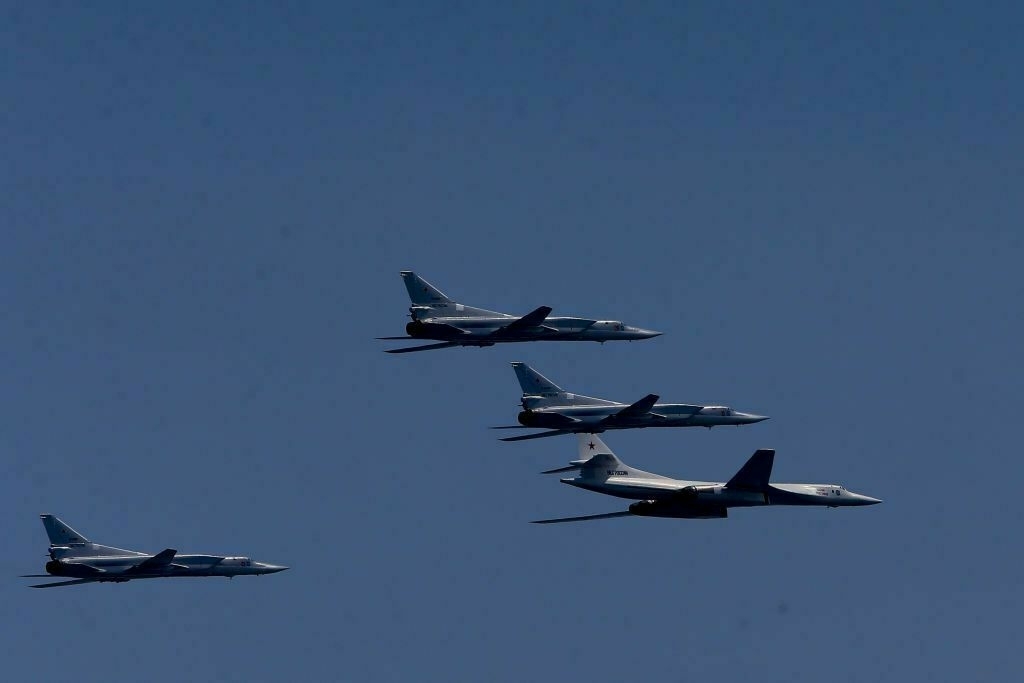
Russia has redeployed dozens of long-range bombers to more remote bases within the country, Russian independent media outlet Agentstvo reported on June 11, citing OSINT analyst AviVector.
The relocation comes in the wake of Ukraine’s Operation Spiderweb, the unprecedented mass drone strike on June 1 that targeted four Russian air bases deep inside the country.
The Security Service of Ukraine (SBU) said 117 drones were launched from hidden positions across Russia, damaging 41 aircraft, including Tu-95, Tu-22M3, and Tu-160 bombers.
According to Agentstvo, all Tu-160 bombers have been evacuated from Belaya airfield in Irkutsk Oblast and Olenya airfield in Murmansk Oblast. Some were relocated to Anadyr in Chukotka, Yelizovo in Kamchatka, and Borisoglebskoye in Tatarstan.
Tu-22M3 and Tu-95MS bombers were also redeployed. Eleven Tu-22M3s and all Tu-95MS aircraft near Murmansk reportedly relocated to the Ukrainka airfield in Amur Oblast, Engels-2 in Saratov Oblast, Borisoglebskoye in Tatarstan, and Mozdok in North Ossetia.
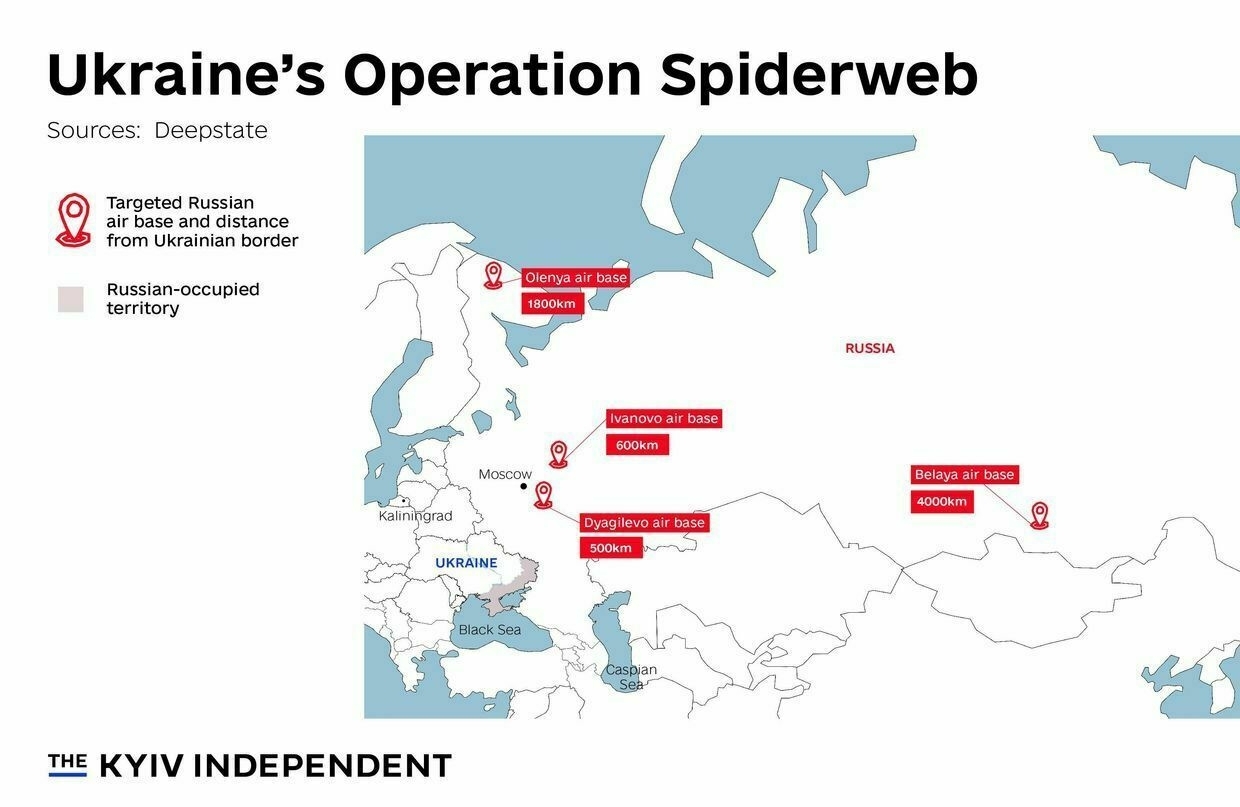
Ukraine’s Operation Spiderweb. (Nizar al-Rifai/The Kyiv Independent)) The reported relocation of bombers is the latest sign that Ukraine’s drone warfare is forcing the Kremlin to rethink its strategic posture, even far from the front lines.
Western analysts and military officials praised Ukraine’s ingenuity in the Spiderweb operation. NATO Admiral Pierre Vandier called the mission a modern reinvention of the “Trojan Horse,” demonstrating Ukraine’s growing technical sophistication and deep-strike capability.
President Volodymyr Zelensky claimed that roughly half of the targeted aircraft are damaged beyond repair. Russia has acknowledged losses but insisted all damaged aircraft will be restored.
-
Why can't the West match Russia's ammunition production?
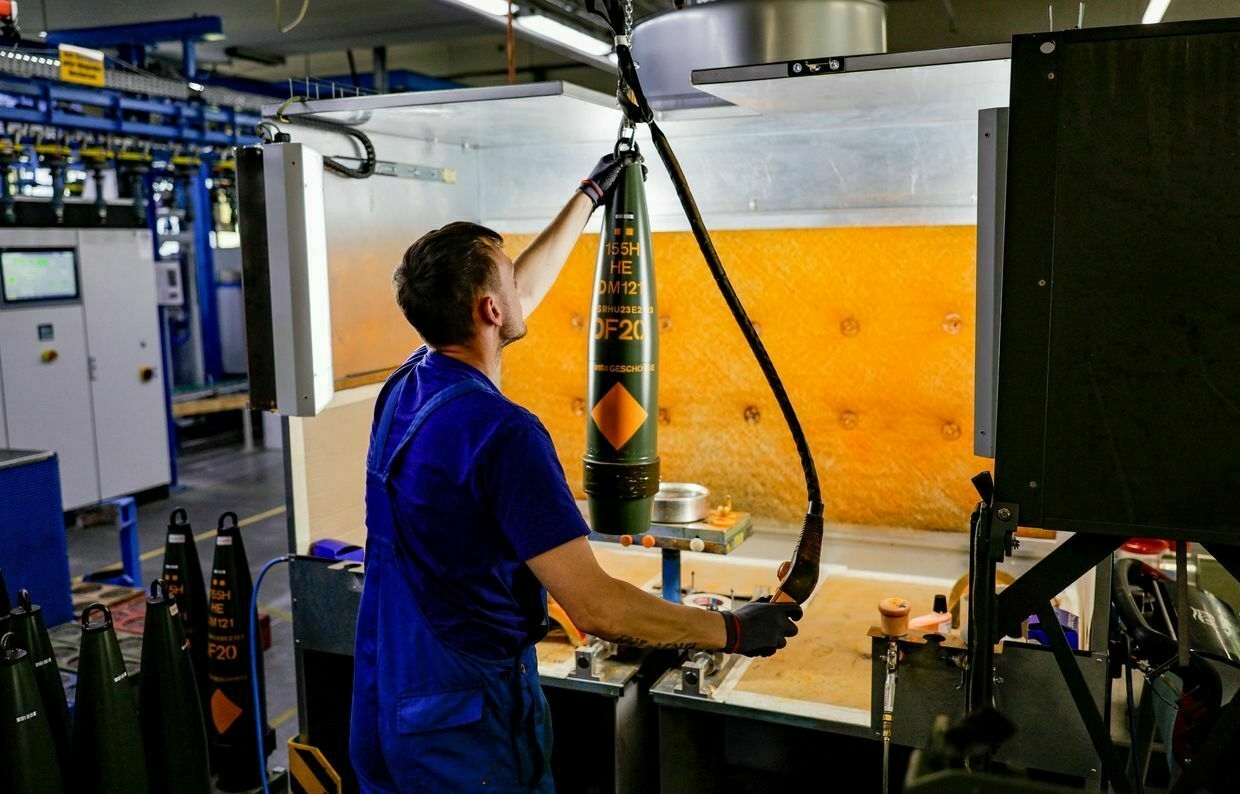
The West is failing to catch up to Russia’s production of the most basic unit of war for the past half-millennium — gunpowder.
The modern propellants and explosives that power war have largely been offshored. While Western manufacturers are churning out shell casings, they are short on the materials to fill them with. A dearth of ammunition from NATO allies has long hampered Ukraine, but is more recently alarming the Western alliance.
“Putin’s war machine is speeding up, not slowing down,” NATO Secretary General Mark Rutte said at a June 9 speech in London. “In terms of ammunition, Russia produces in three months what NATO produces in a whole year."
“Russia could be ready to use military force against NATO within five years. Let’s not kid ourselves: We are all on the Eastern flank now,” Rutte continued.
It is no secret that Ukraine has relied on the West for ammunition since Russia’s full-scale invasion. NATO’s militaries have been sounding the alarm as to dwindling artillery reserves since at least late 2022. But they have been far slower in ramping up production than Russia.
Jammed between unequal arsenals, Ukraine has long felt the pinch.
With stocks running low, NATO’s armories are finally confronting the harsh reality that they have outsourced core defense manufacturing functions to hostile nations.
In part, that disparity is because Russia has converted to a wartime economy and can act more decisively. But it is also because Russia never had the environmental controls that the U.S. and EU have. The production of the raw chemicals that power guns, bombs, rockets, and artillery is a filthy business, literally.
“Gunpowder and propellants represent a bottleneck in the manufacturing process compared to the relatively straightforward production of shells.”
Onshoring explosives into NATO territory will require either highly innovative chemistry or significant rollbacks of environmental regulations.
As Russian losses in Ukraine hit 1 million, Putin faces an economic time bombRussian losses in Ukraine hit a massive, and grim milestone on June 12 — 1 million Russian soldiers killed or wounded during the 39-month-long full-scale war, according to figures from Kyiv. Although hugely symbolic, the number is unlikely to prompt a change in tactics from Moscow as it gears up forThe Kyiv IndependentChris York
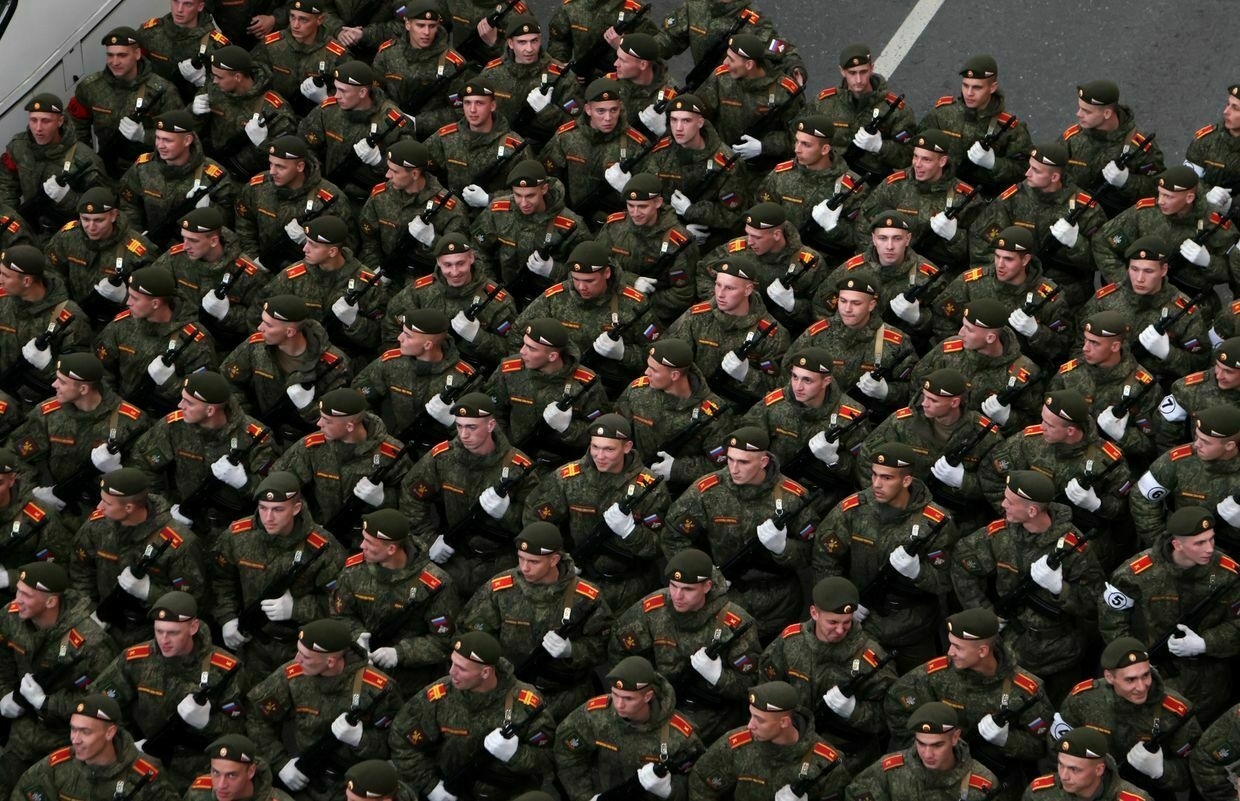
European reloading"Since Russia's invasion of Ukraine, we have seen unparalleled demand for our specialist energetic materials," James McFarland, a representative for ChemRing, one of the largest explosives makers in Europe, wrote to the Kyiv Independent. "Our Norwegian business, in particular, has been running at full capacity, and its order book extends for a number of years."
ChemRing's Norwegian business, ChemRing Nobel, descends from Alfred Nobel, who managed to stabilize nitroglycerin in the form of dynamite in the mid-1800s, making enough money to fund prizes in everything from chemistry to, ironically, peace in perpetuity.
While there are many arms manufacturers left in Europe, the few plants left producing basic chemical explosives in Europe are, like ChemRing, the definition of legacy. Most shut down towards the end of the 20th century.
"It is a fact that gunpowder and propellants represent a bottleneck in the manufacturing process compared to the relatively straightforward production of shells," Andrej Cirtek, a spokesperson for the Czechoslovak Group, or CSG, told the Kyiv Independent.
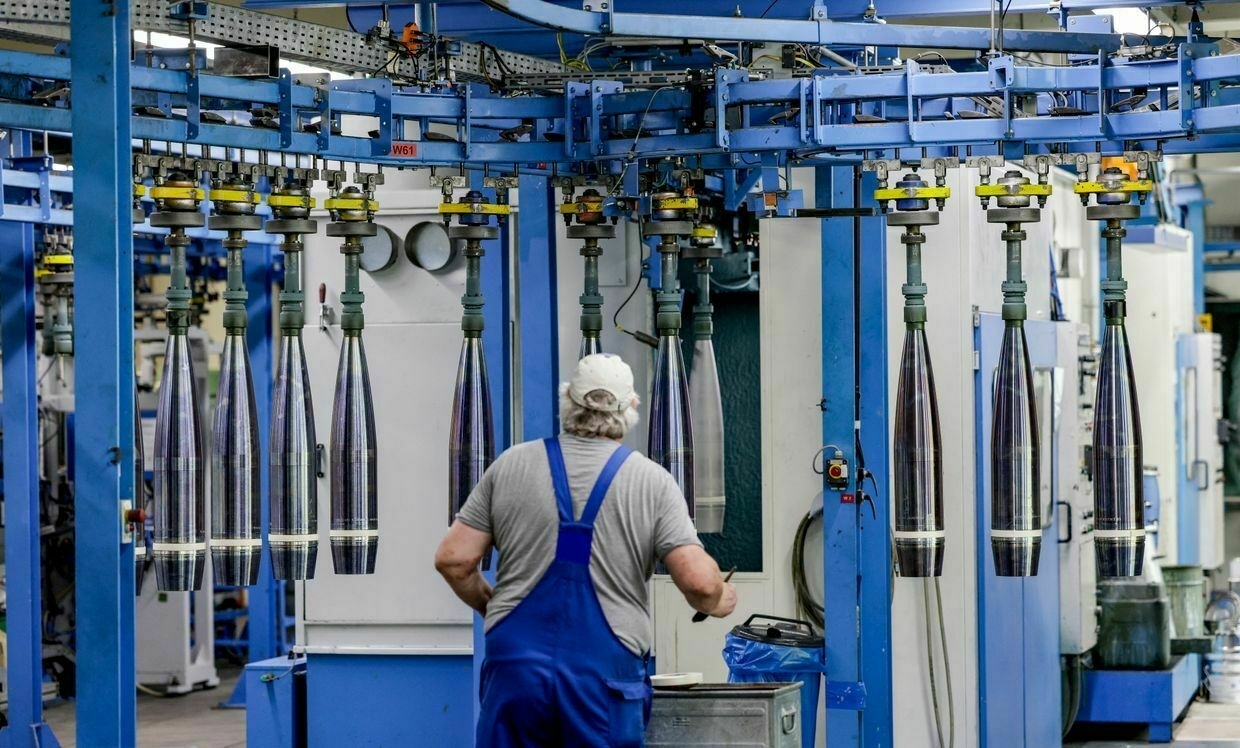
A technician works on 155mm shells for the Panzerhaubitze 2000 howitzer at Rheinmetall’s facility in Unterluss, Germany, on June 6, 2023. (Axel Heimken / AFP via Getty Images) CSG is one of the many European ammunition makers that have announced the creation of new facilities to produce ammunition. They are, Cirtek explained, aiming for total vertical integration of a wide range of substances that go boom. But they are only doing so in existing industrial zones — especially flipping civilian chemical plants to military use.
"In Europe, starting production of explosive components from scratch is practically infeasible due to lengthy regulatory processes and limited availability of necessary technologies. For this reason, CSG focuses on restoring and expanding production at sites with a historical manufacturing legacy," Cirtek told the Kyiv Independent.
Basic ballisticsThe most relevant "excitants" for military production are broken down into propellants and explosives. Gunpowder is a propellant. TNT is an explosive.
As an example, a typical 155 mm artillery shell features a chamber filled with an explosive, often TNT or hexogen, usually called RDX. A modern mortarist loads a usually explosive-packed shell and then "bags" of propellant, whose weight and composition are determined by required range.
The divide between propellants and explosives is not black and white, says John Gray, a former U.S. Army ordnance disposal specialist who now trains U.S. servicemen how to make improvised explosives.
One especially flexible chemical compound called nitrocellulose is behind the bulk of Russia's firepower. Its shortage is likewise at the heart of the West's misfiring supply chain.
"Nitrocellulose is a monomolecular explosive — that's where we chemically attach the fuel and the oxidizer together," Gray explained to the Kyiv Independent. "It's used in everything as far as ammunition is concerned."
Cellulose is just plant matter, usually derived from cotton linten or wood pulp. When treated with nitric acid, cellulose gains an oxidant. Very crudely, it's chemically like puffing air onto a fire.
While not a complicated process, nitrocellulose production leaves as waste enormous amounts of nitric as well as sulphuric acid — byproducts common across the production of TNT, RDX, and HMX that take decades to clean up.
Boom by numbersThe numbers are fairly stark. Recent research from the Jamestown Foundation shows a doubling in Russian gunpowder production between 2022 and 2024, as well as a steady supply of necessary cotton from Central Asia.
Western nations have let production of basic explosive materials — for example, nitrocellulose and TNT — slip overseas, specifically to China, which is also the largest cotton producer in the world. China, meanwhile, remains a key supplier of both nitrocellulose and its precursors, especially cotton linton, to Russia.
A major Reuters investigation from last July found that nitrocellulose production was particularly hamstringing NATO's efforts to build artillery shells.
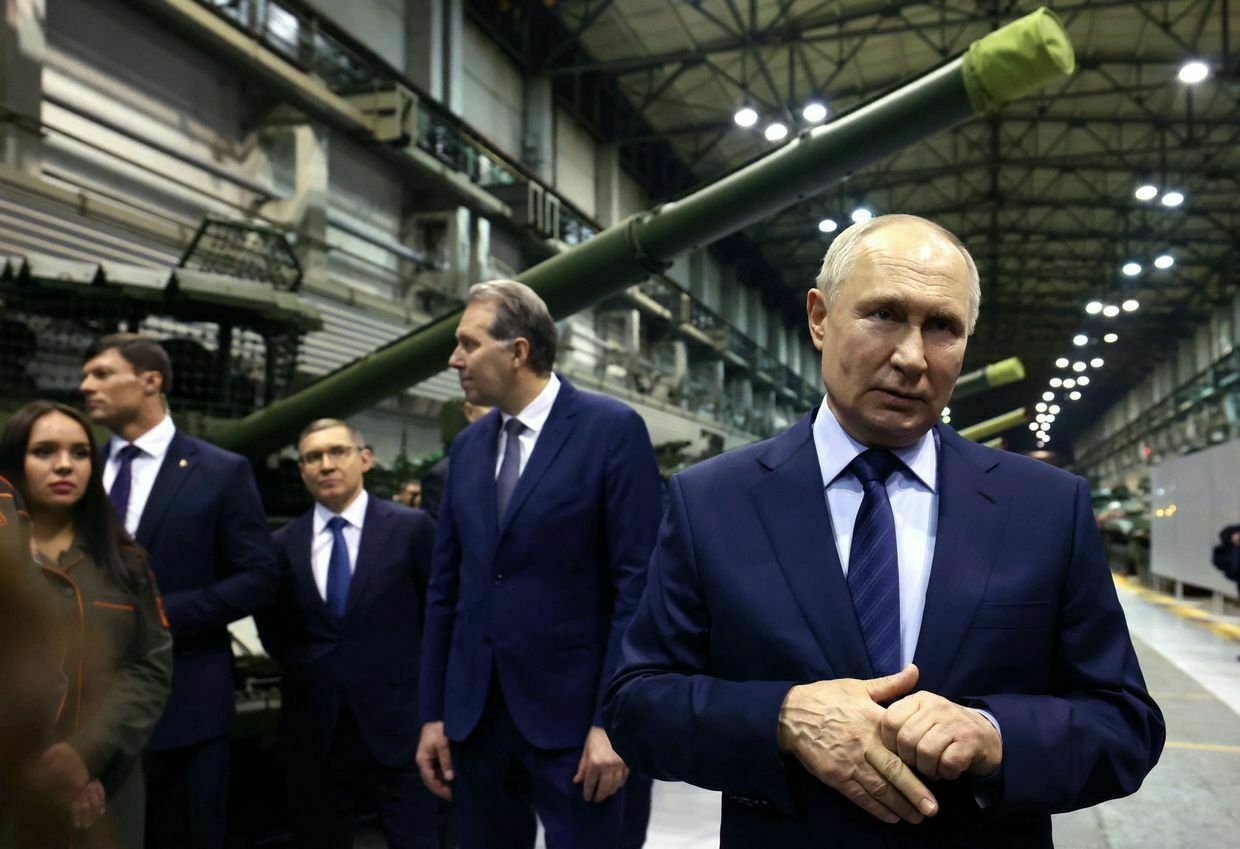
Russia’s President Vladimir Putin visits Uralvagonzavod, the country’s main tank factory, in Nizhny Tagil, Russia, on Feb. 15, 2024. (Alexander Kazakov / Pool / AFP via Getty Images) Ukraine, like much of the West, produces more shell casings than it can obtain blast materials to put in them. The largest remaining Ukrainian ammunition factory is in northern Sumy Oblast, within easy strike distance of gathering Russian forces. And one of the forgotten casualties of Russia's full-scale invasion was Zarya, Ukraine's only TNT factory, in now-occupied Luhansk Oblast.
As an executive at Florida artillery producer Global Ordnance lamented to The War Zone at the start of May, "the US hasn't made TNT in decades."
Today, the only TNT manufacturer physically located in NATO is Poland's Nitrochem. Low-nitrogen nitrocellulose is made at factories for functions like lacquer, but NATO-made military-grade nitrocellulose effectively all comes from a single factory in Redmond, Virginia.
There are multiple reasons. Raw materials or chemicals feature lower profit margins than end-stage weapons. They also leave massive environmental footprints, particularly of nitric and sulphuric acid, which are key to making everything from nitrocellulose to RDX.
Rheinmetall announced plans to build 155 mm artillery shells inside of Ukraine.
Explosives factories also have a tendency to blow up, as China's second-largest nitrocellulose factory did last May. A Northrop Grumman facility filled with rocket fuel in Utah suffered the same fate this past April.
For potential production within Ukraine, the concern is more that Russia will actively attack any large-scale manufacturing inside the country. New Ukrainian explosives producers have emerged but have had to remain relatively small scale.
"For FPVs, they need 5 million (munitions) a year. Today, between 300,000 and 400,000 are made here, of which 80% are done on hand machinery, and they're not made in factories, they're made in the field," one Ukrainian explosives maker who asked to remain anonymous out of security concerns explained to the Kyiv Independent.
Charges meant for drones have the advantage of not needing propellants, as the drones themselves provide propulsion.
"For ammunition for FPV drones, deep-strike UAVs, other specific mechanisms — for them, what you need most of all is plastic explosives," the Ukrainian explosives maker continued.
Ukraine has stepped up its ability to manipulate explosive chemicals like those needed for drones. But they remain dependent on Western imports of raw chemicals like RDX and PETN, which nobody will be making at scale within Ukraine until next year.
If Germany sends Taurus missiles to Ukraine, Russia has a major Crimean Bridge problemLatest: Germany pledges 5 billion euros in new aid to Ukraine, no Taurus missiles announced A statement from German Chancellor Friedrich Merz on May 26 about long-range strikes inside Russia resurrected a long-held hope in Ukraine — that Berlin is finally about to send Kyiv its Taurus missiles. “There are noThe Kyiv IndependentKollen Post
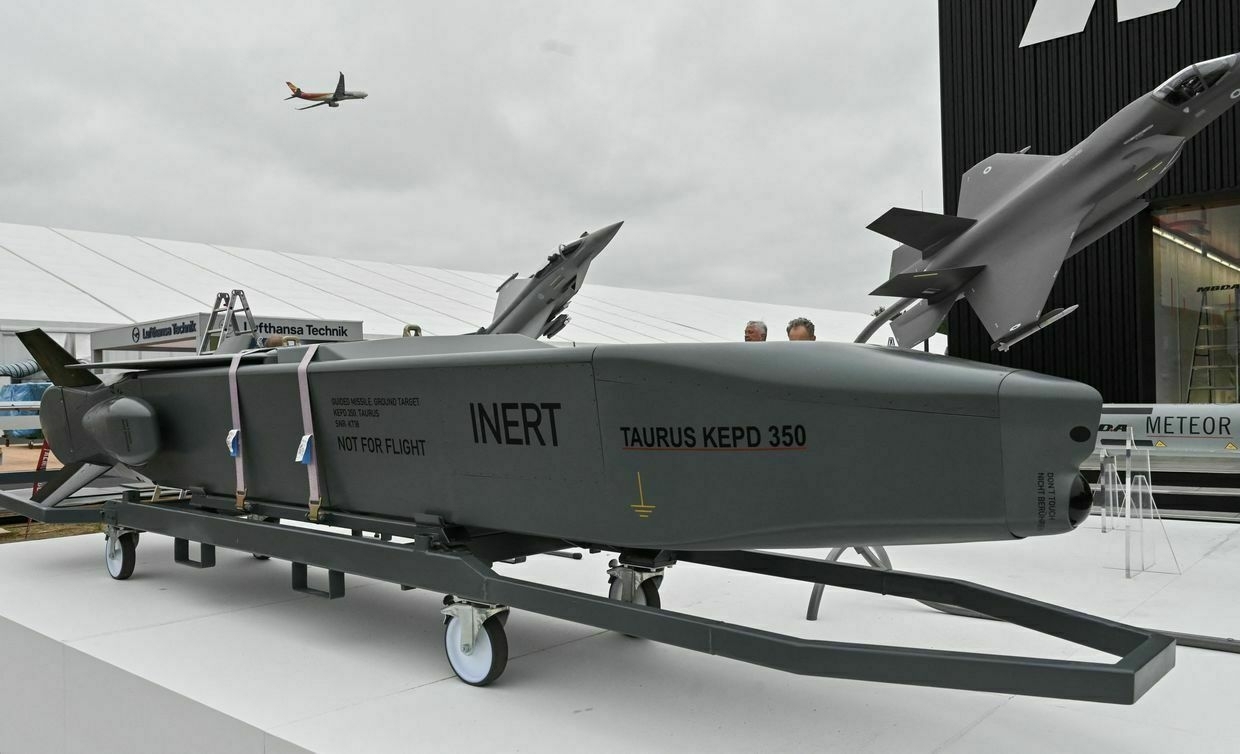
Production expansionsThe West has clearly recognized this is a problem for both Ukraine and NATO members. A flurry of government contracts and arms maker announcements have touted acquisitions and refurbishments on industrial centers everywhere from Virginia to Saxony.
Those few companies that have hung onto the explosives industries are seeing massive profits.
ChemRing is planning a 275% expansion of its site in Norway. A representative wrote to the Kyiv Independent that it had seen firms buying its goods sign on to contracts extending 12 to 15 years in the future.
Rheinmetall, Europe's biggest ammunition maker, recently bought a formerly civilian nitrocellulose plant that it plans to refurbish and bring online for military-grade production by 2027.
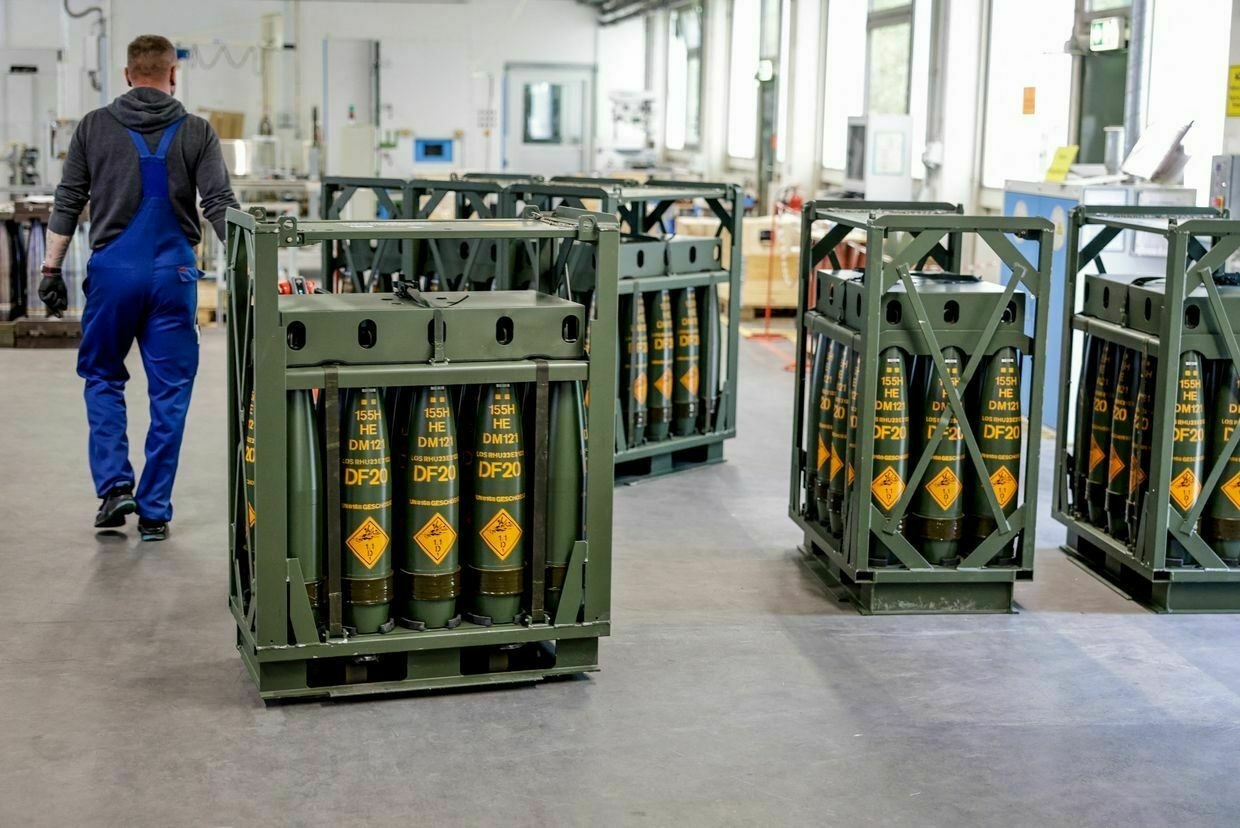
A technician of German arms maker Rheinmetall works on 155mm shells for Panzerhaubitze 2000 howitzers bound for Ukraine, at the company’s facility in Unterluss, northern Germany, on June 6, 2023. (Axel Heimken / AFP via Getty Images) Despite being formally a civilian plant, the recently purchased Hagedorn-NC factory was providing Russia with nitrocellulose via a Turkish intermediary up until at least early 2024, having found itself near bankruptcy earlier, a Wall Street Journal investigation found early in 2024.
Rheinmetall announced plans to build 155 mm artillery shells inside of Ukraine but has yet to begin production, with a representative telling the Kyiv Independent that "We expect to establish a joint venture with our Ukrainian partner shortly."
European ammo makers are generally pointing to 2027 as the start of new mass production.
"We are increasing our group-wide capacity for the production of propellant powder from 5,000 tonnes per year in 2022 to 12,000 tonnes per year in 2027," a spokesperson from Rheinmetall wrote to the Kyiv Independent.
For Ukrainians short on ammunition today, 2027 is eons away.
Exploring new chemical compoundsThe only military-grade nitrocellulose production still in the United States is at a Virginia factory owned today by a local affiliate of the British BAE Systems, which is similarly dominant in RDX, a key blast explosive and the main ingredient in C4, almost all of which comes from a BAE factory in Holson, Texas.
BAE's U.K. branch previously announced plans to expand artillery production by a factor of 16. For that, the firm is toying with a new model of production that they say "will use continuous flow processing to synthesize explosive material and remove the need for nitrocellulose and nitroglycerine, which are high in demand across global supply chains, in propellant production."
BAE did not specify what method they were using to go beyond nitrocellulose. Gray pointed to patents for nitrocellulose-free powder originally filed by Dynamit Nobel — today ChemRing Nobel — and using RDX contained in fillers to produce a propellant as the most likely alternative.
A potential pivot away from nitrocellulose-derived propellant may be the most chemically interesting result of today's shortage.
Key to Russia’s defeat lies in its economyAs the war in Ukraine grinds on, attention remains fixed on the battlefield. But Russia’s most vulnerable flank is not in the trenches — it’s in the treasury. The West, and especially the United States, holds economic levers that could push Vladimir Putin toward serious negotiations or even collapseThe Kyiv IndependentWojciech Jakóbik
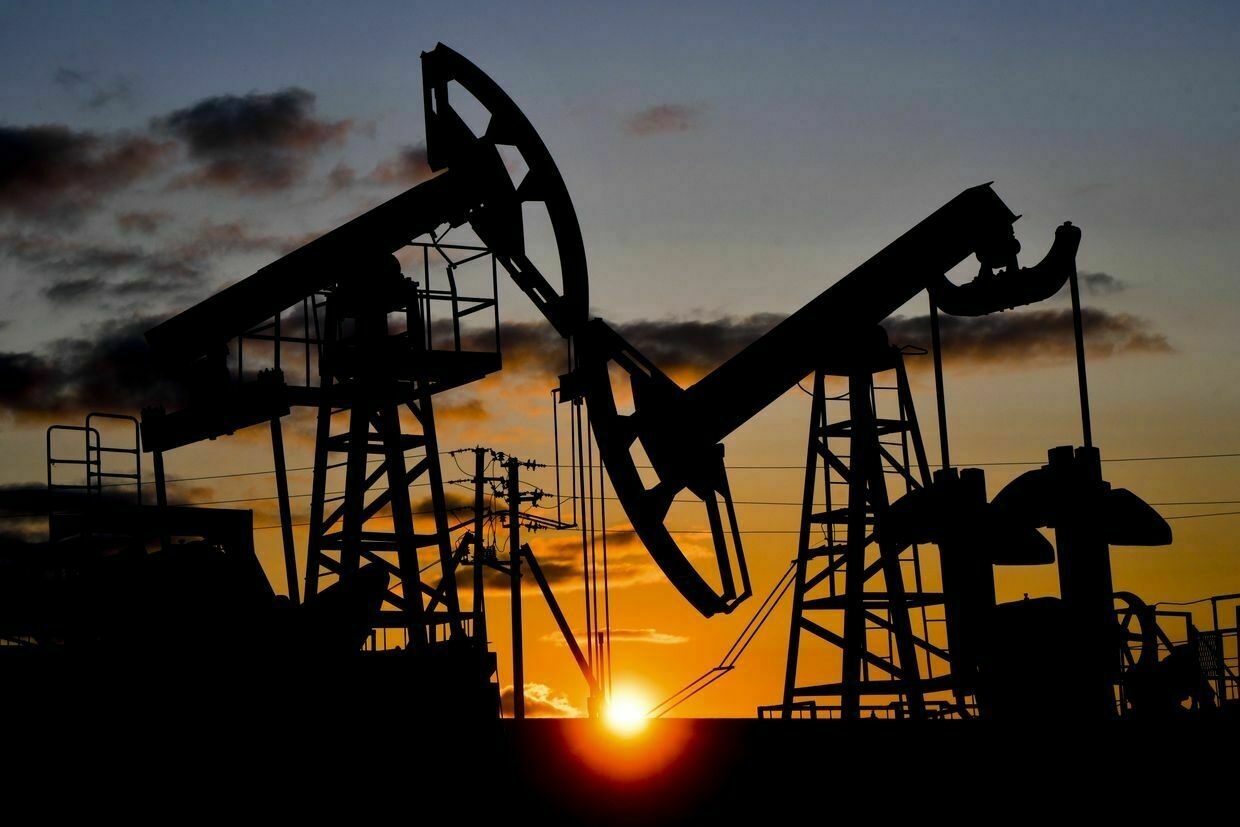
-
Over 100,000 Russian families seek missing soldiers through Ukrainian project, Kyiv says
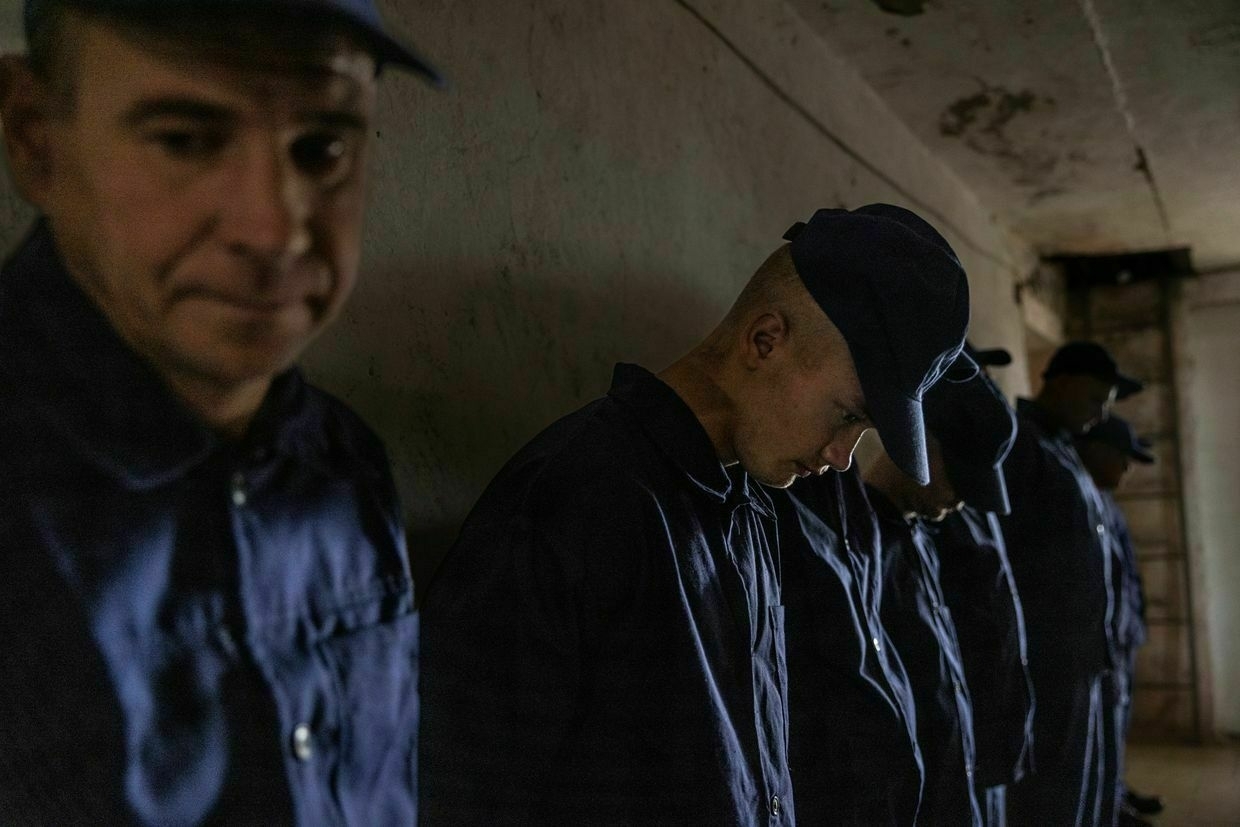
More than 100,000 Russian families have contacted a Ukrainian-run initiative in search of information about missing Russian soldiers, Ukraine’s Coordination Headquarters for the Treatment of the Prisoners of War (POWs) said on June 12.
The announcement comes as Russia and Ukraine are conducting a series of the most extensive prisoner exchanges since the beginning of the large-scale war in 2022. The latest phase of the exchange occurred on June 12.
The initiative, called “I Want to Find” (Russian: “Хочу найти”), has received 100,324 requests from Russian citizens seeking answers about relatives who vanished while serving in Russia’s military, the Coordination Headquarters said.
The actual number of missing Russian troops is believed to be significantly higher. Since launching its full-scale invasion of Ukraine in February 2022, the Kremlin has largely concealed the scale of its military losses, forcing many families to search independently, Ukrainian officials said.
In May 2025 alone, the project received a record 12,320 inquiries — the highest monthly figure since the program began in January 2024.
Through the project, families can verify whether their relatives have been captured or killed, which may enable them to pressure Russian authorities to pursue prisoner exchanges. As of June, Ukraine has confirmed 2,415 Russian soldiers held in captivity, with 1,126 of them already exchanged for Ukrainian defenders, the Coordination Headquarters said.
“Many more Russians remain in captivity, but not all families know about the program or have submitted requests,” the agency added.
A detailed analysis of the requests revealed that some of Russia’s most severely depleted units include the 15th Separate Motorized Rifle Brigade (Military Unit 90600), which accounts for 2,277 missing personnel — the highest of any single unit. Of the 20 most-affected units, 17 are motorized rifle brigades, often deployed in Russia’s most brutal infantry assaults, commonly referred to as “meat grinder” tactics.
The data also showed that 26% of missing soldiers were under the age of 30. The youngest reported missing was 18, and the oldest was 67.
The project has also uncovered a shift in public sentiment, claiming 75% of those submitting requests said they do not support Russia’s war in Ukraine.
According to the Ukrainian General Staff, Russia has lost over 1 million troops since the start of its invasion — a figure reported for the first time on June 12, with 1,140 casualties recorded in just one day. The total reported Russian losses stand at 1,000,340 as of that date.
The Kremlin has not commented on the figures.
As Russian losses in Ukraine hit 1 million, Putin faces an economic time bombRussian losses in Ukraine hit a massive, and grim milestone on June 12 — 1 million Russian soldiers killed or wounded during the 39-month-long full-scale war, according to figures from Kyiv. Although hugely symbolic, the number is unlikely to prompt a change in tactics from Moscow as it gears up forThe Kyiv IndependentChris York
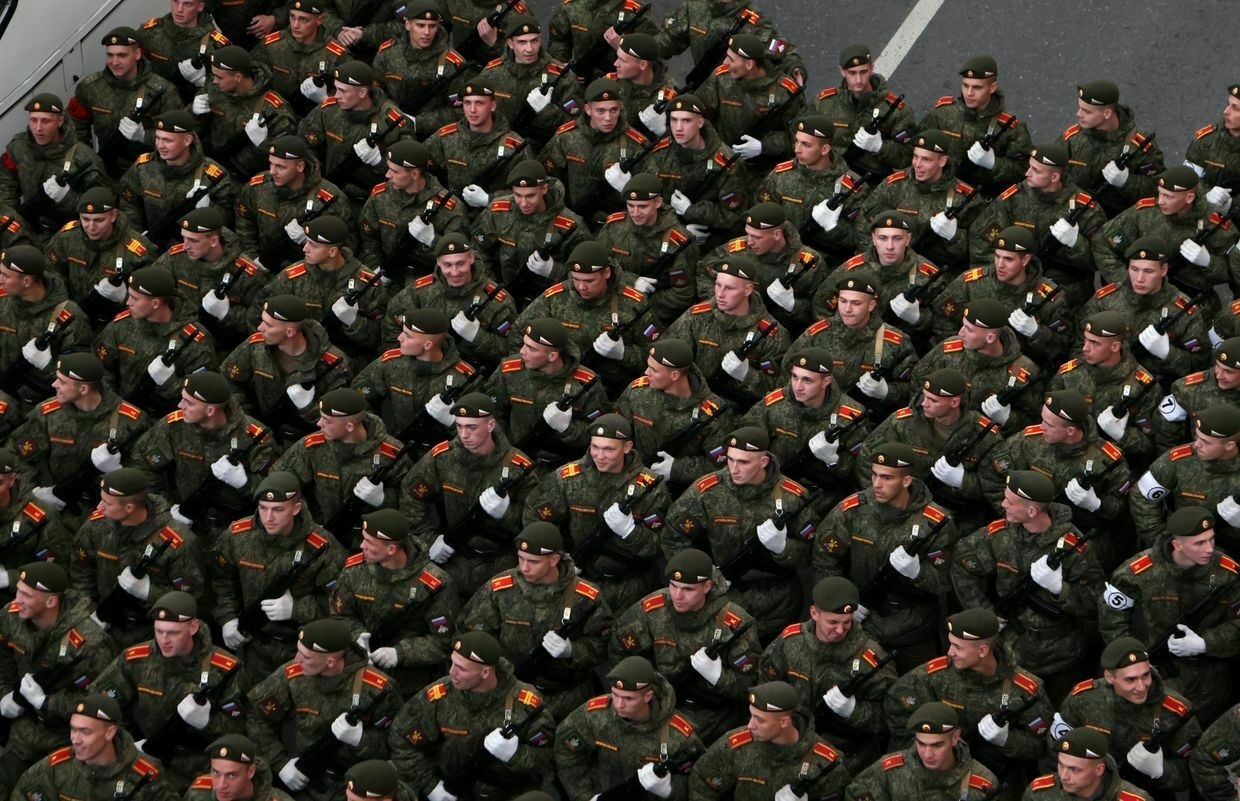
-
EU approves new tariffs on Russian, Belarusian agricultural goods
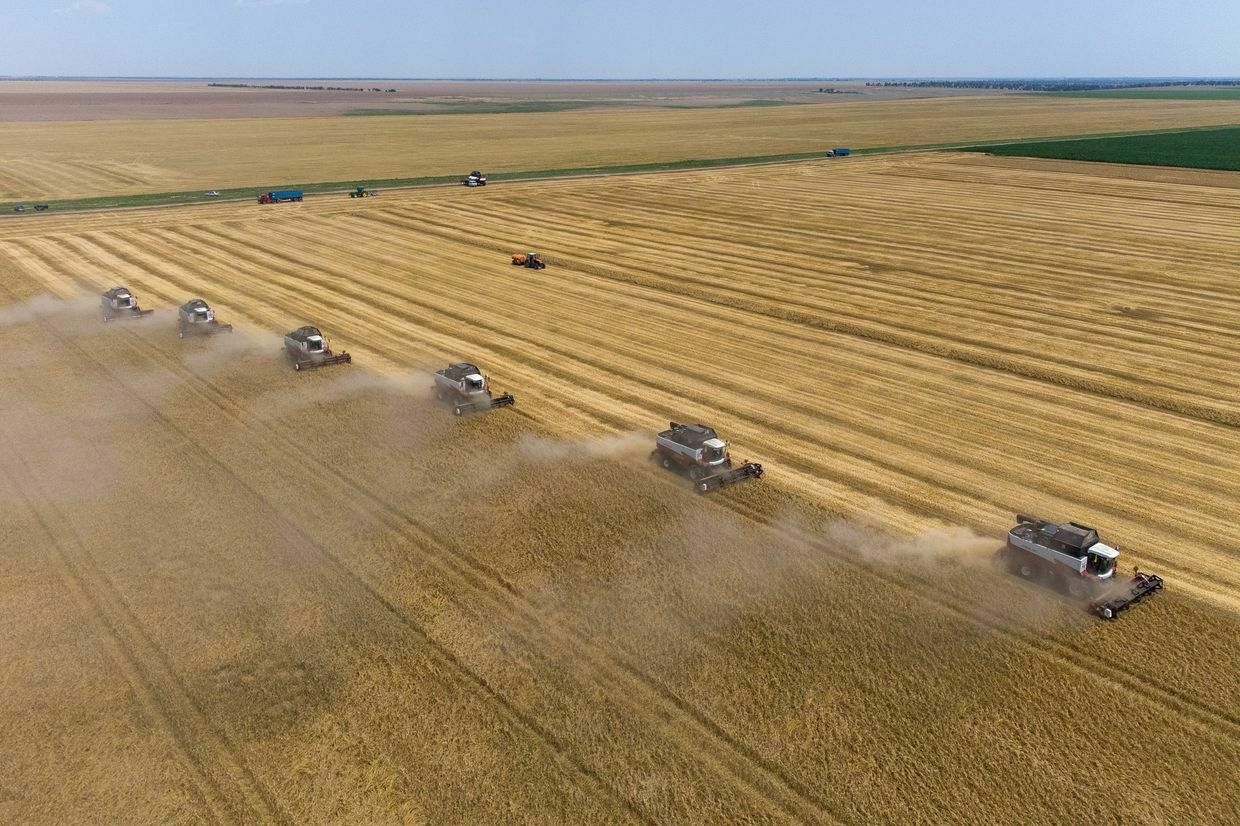
The Council of the EU on June 12 approved fresh tariffs on fertilizers and remaining agricultural goods from Russia and Belarus, aiming to reduce Russian export revenues.
The measures target those goods that have not yet been subject to additional customs duties and will enter into force on July 1. The tariffs on fertilizers will increase gradually over the next three years.
The step comes as the EU readies additional sanctions against Russia as it continues to wage its all-out war against Ukraine.
“Polish Presidency motto is ‘Security, Europe!’ and these measures increase our economic security by reducing dependencies from Russia,” said Michal Baranowski, the trade undersecretary at the Polish Economy Ministry.
“We are further reducing Russia’s export revenues and therefore its ability to finance its brutal war. This is united Europe at its best,” he said in a statement.
The new tariffs will apply to goods that made up around 15% of all agricultural imports from Russia in 2023. Fertilizer tariffs will focus on certain nitrogen-based products, the Council said in a statement.
Russian fertilizers accounted for more than a quarter of all of the EU’s imports in this sector in 2023, worth almost $1.5 billion.
Apart from stifling Russia’s trade revenue, the step also aims to reduce the EU’s dependence on Russian and Belarusian goods, protect European farmers, and diversify the supply.
The EU adopted higher tariffs on cereals, oilseeds, and some other products from Russia and Belarus in May 2024. Earlier this year, the European Commission proposed imposing similar measures on all remaining agricultural products from the two countries.
Putin’s suspected daughter found working in anti-war galleries in ParisNastya Rodionova, a Russian writer and artist who has been based in Paris since 2022, had only met gallery manager Luiza Rozova in passing at events before she learned who the 22-year-old’s parents were. Described by a number of people as a “very nice and well-mannered girl,” Rozova isThe Kyiv IndependentKate Tsurkan

-
TO TEARS! Ukrainian prisoners return home #shorts